Temporary fencing offers flexible, cost-effective solutions for a wide range of applications—from securing construction sites and event perimeters to creating DIY backyard enclosures and aesthetic garden divides. Common materials include chain-link panels, welded steel frames, and plastic mesh, while DIY enthusiasts leverage PVC piping, repurposed pallets, and bamboo screening for custom installations. Temporary fences can be enhanced with privacy slats, fabric drapes, planter boxes, or decorative screens to blend functionality with style. Stabilization options such as sandbags, ground anchors, and A-frame barricades ensure safety in varied conditions, making temporary fencing a versatile tool for both professional and personal projects.
1. Chain-Link Temporary Fencing
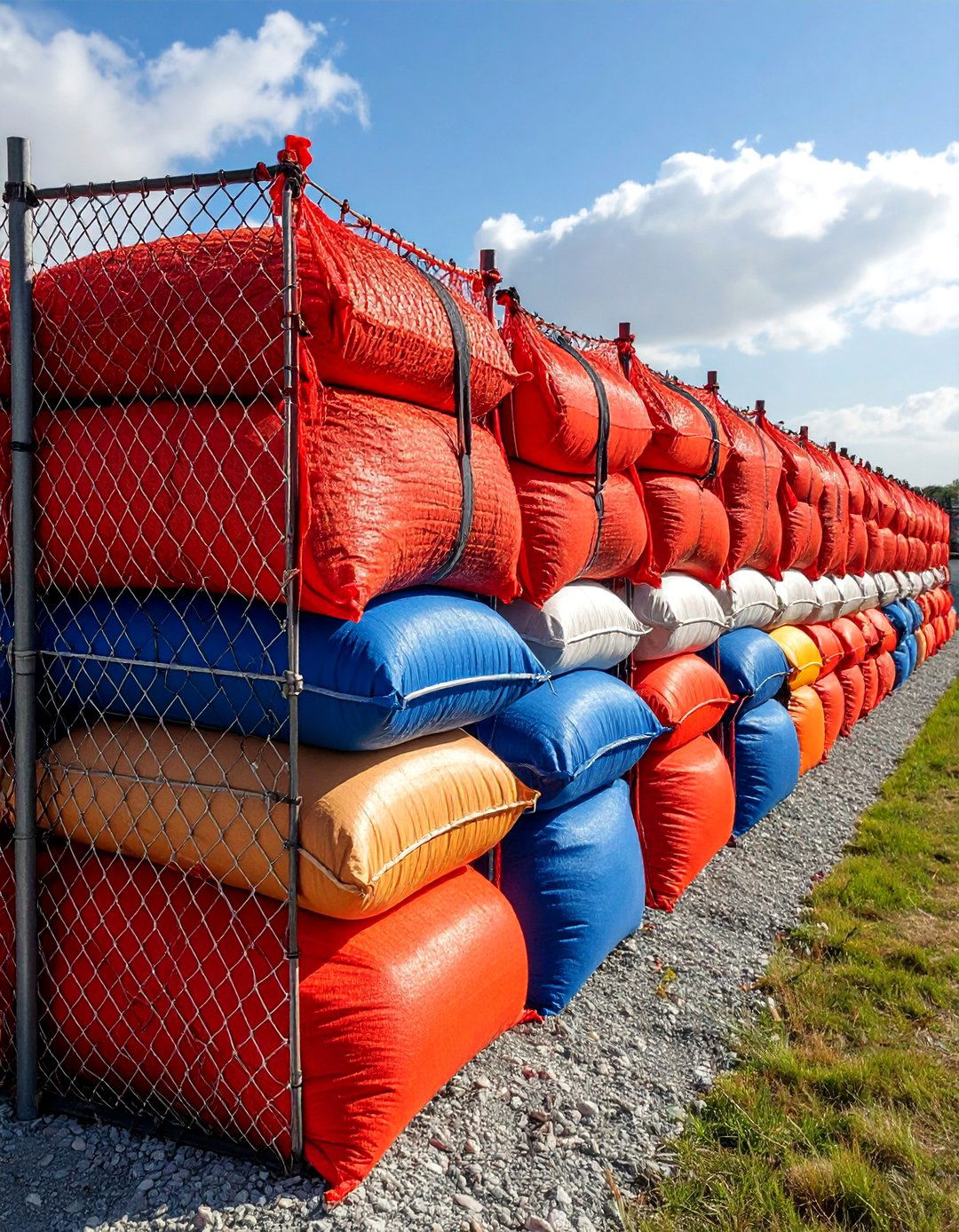
Chain-link temporary fencing remains a top choice for construction sites due to its strength, durability, and adaptability. Panels are typically made of galvanized steel and can be fitted with anti-climb features for enhanced security. They support optional accessories like privacy windscreens and stabilizer bars, and are quick to assemble with clamp‐on connectors.
2. PVC Pipe and Mesh DIY Fence
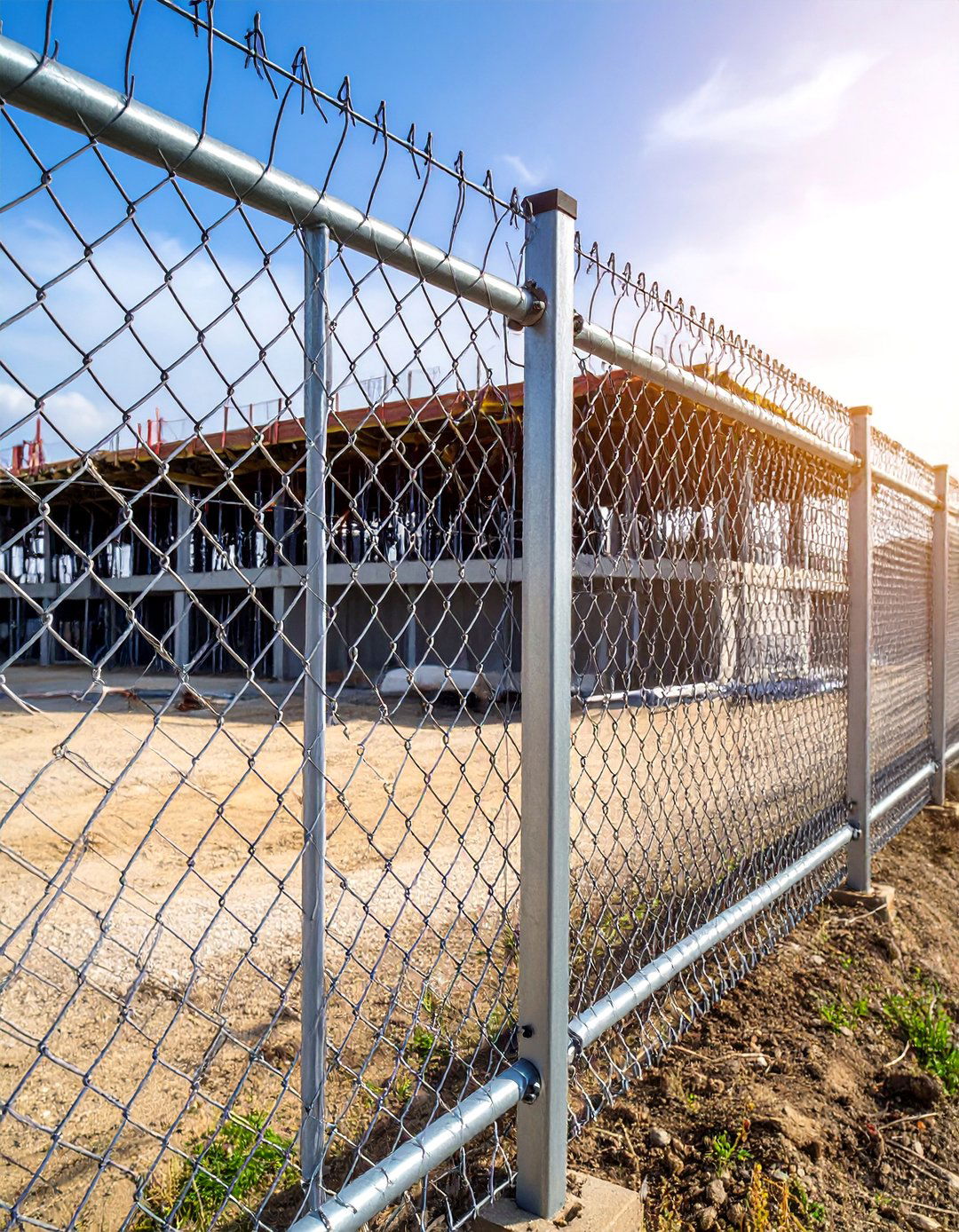
For a budget-friendly DIY option, PVC pipe frames paired with plastic garden mesh and zip ties form lightweight, removable enclosures. This setup is ideal for renters or gardeners who need a temporary barrier that won’t damage landscaping. The pipes can be cut to size, and mesh panels easily replaced if worn.
3. Bamboo Screening Rolls
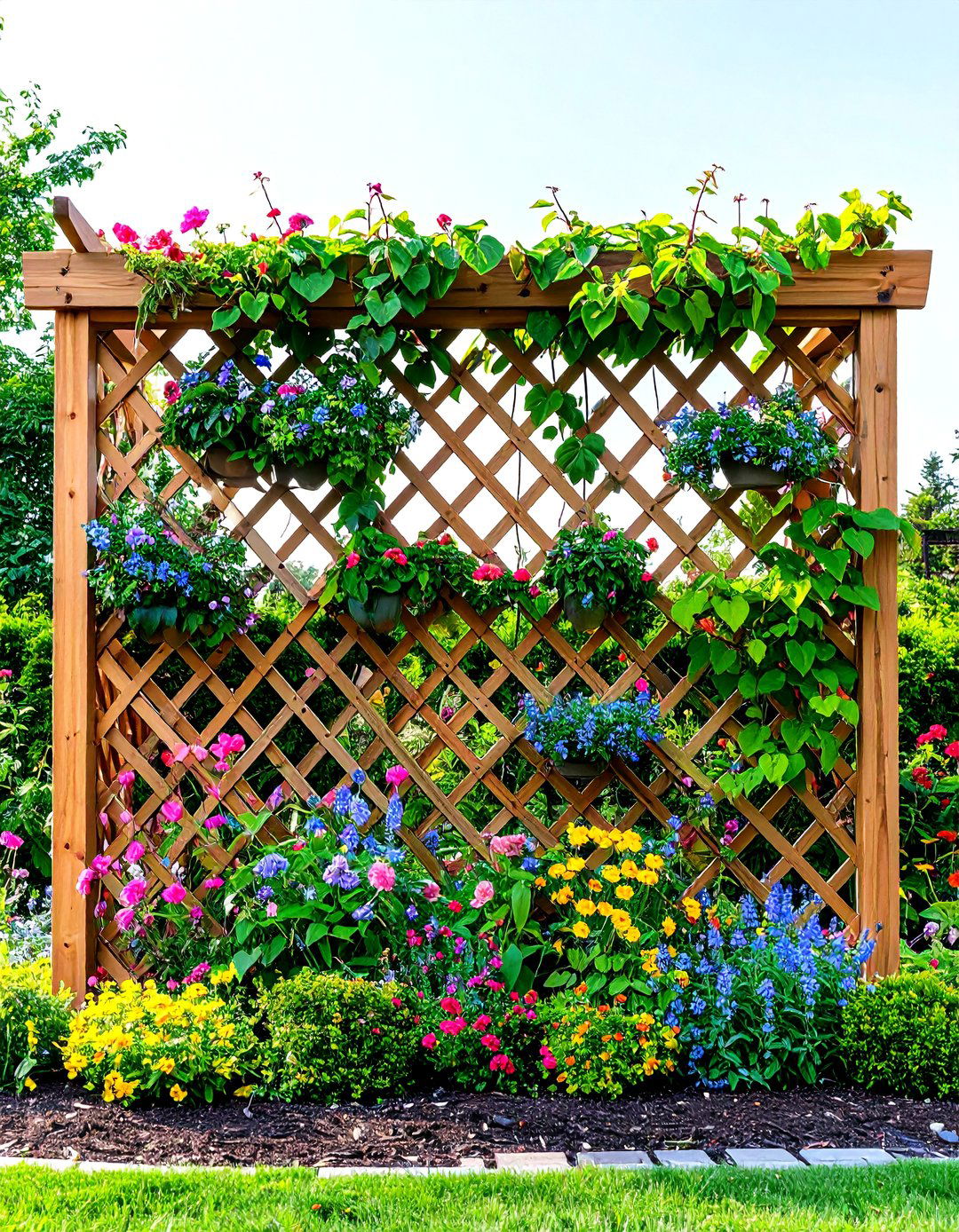
Bamboo rolls offer a natural, eco-friendly screening solution that installs in minutes. Rolls attach to existing fences or frames with zip ties or screws, creating a tropical aesthetic. Retail options like Amazon’s $6 natural bamboo roll and B&Q’s bamboo split slat screening provide both affordability and UV resistance, making them popular for balconies and patios.
4. Plastic Safety Orange Fencing
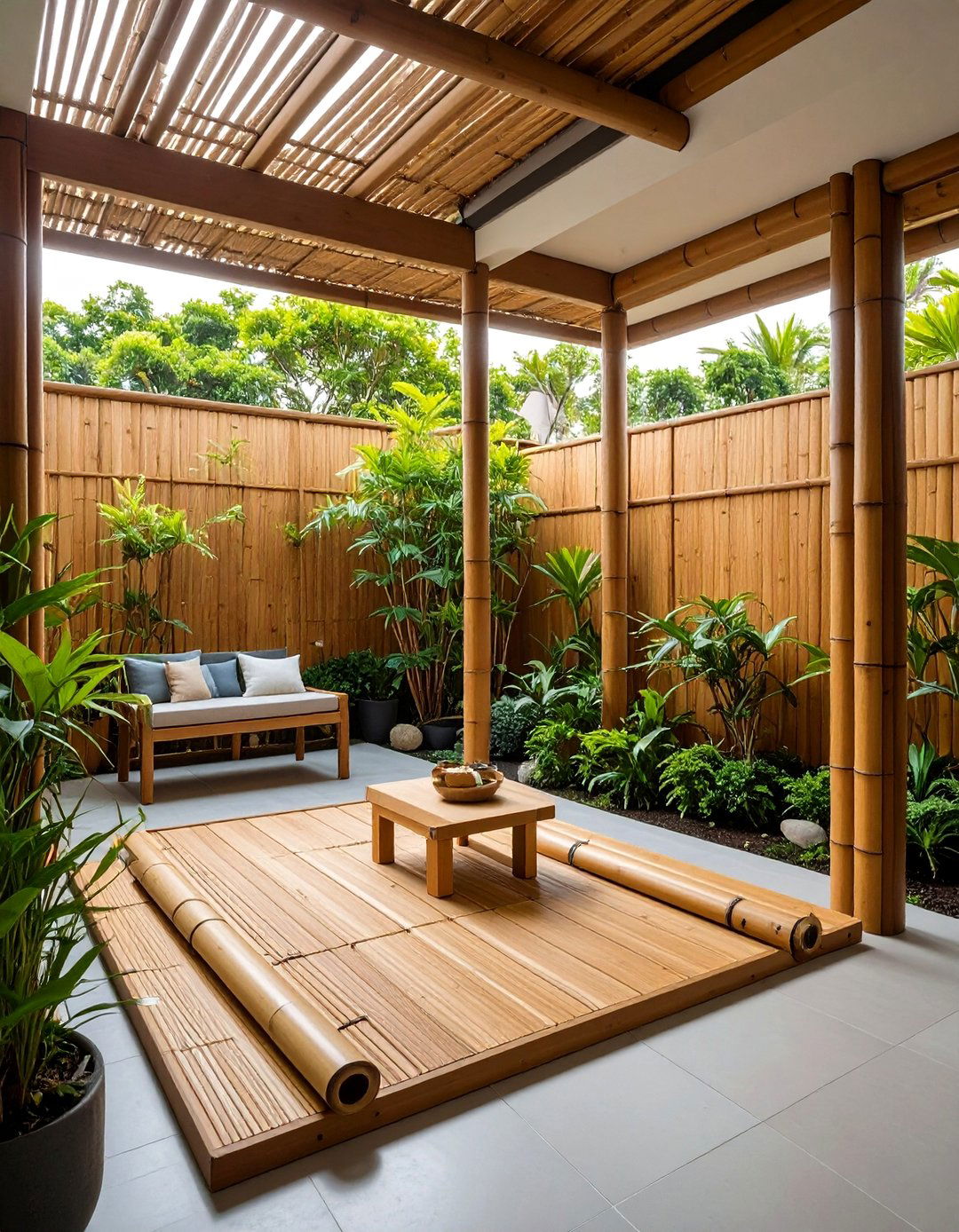
Highly visible and lightweight, plastic safety orange fencing is widely used to designate work zones or crowd-control areas. Manufactured from UV-stabilized polypropylene, it withstands sunlight without fading and can be anchored with stakes or sandbags. Its high contrast color improves safety by alerting passersby to restricted zones.
5. Metal Panel Barricades

Comfortably deployed at events, pre-fabricated tubular steel barricade panels interlock to form sturdy perimeters. These panels feature reinforced bases and optional sandbag supports to resist tipping, making them suitable for high-traffic venues and festivals.
6. Wooden A-Frame Barricades
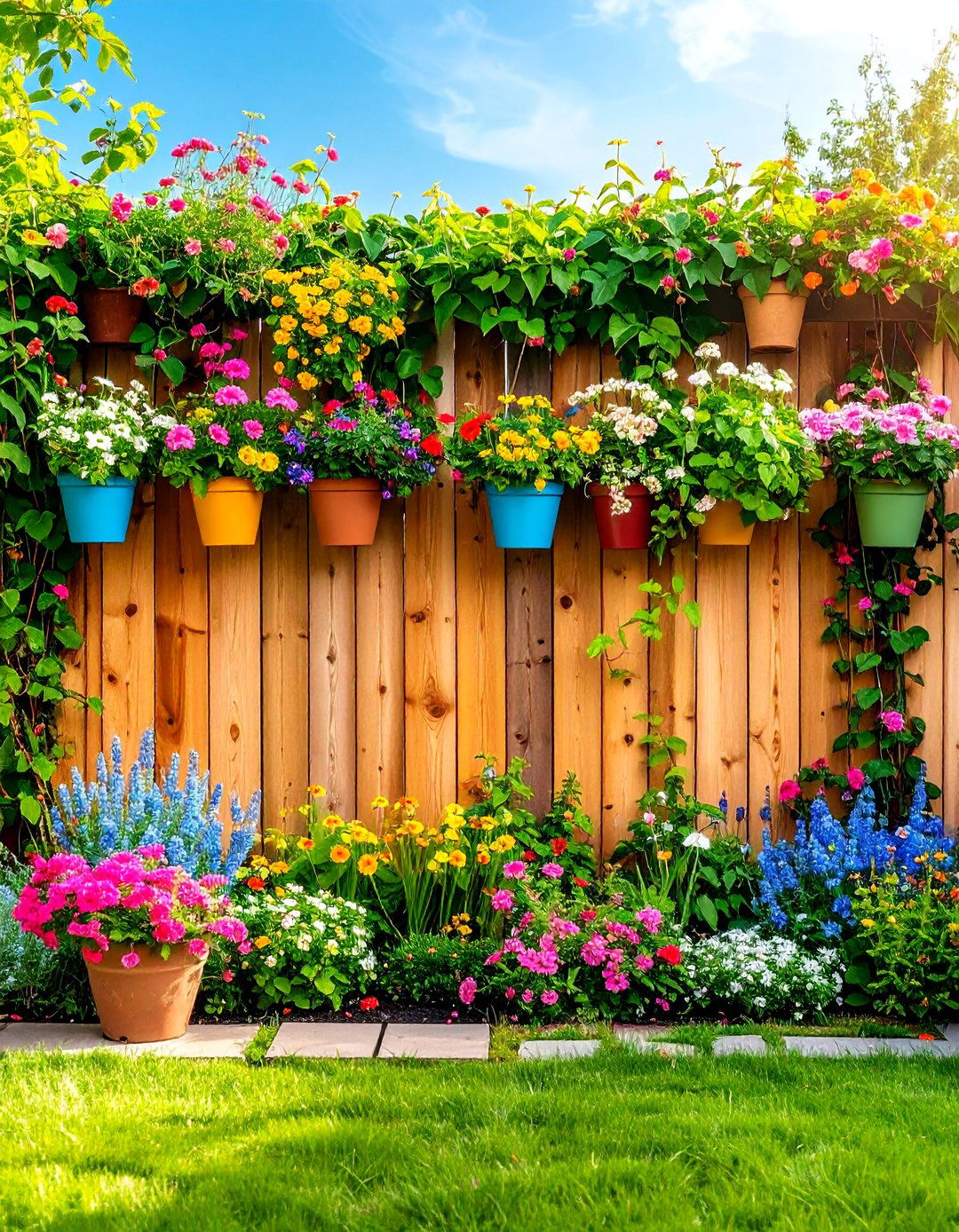
Consisting of two wooden frames joined at the top to form an “A” shape, these barricades are simple to build and deploy. A-frames support warning signs or fabric drapes and are stabilized by weighted feet or sandbags. They are commonly used for pedestrian redirects and temporary road closures.
7. Pallet Fencing
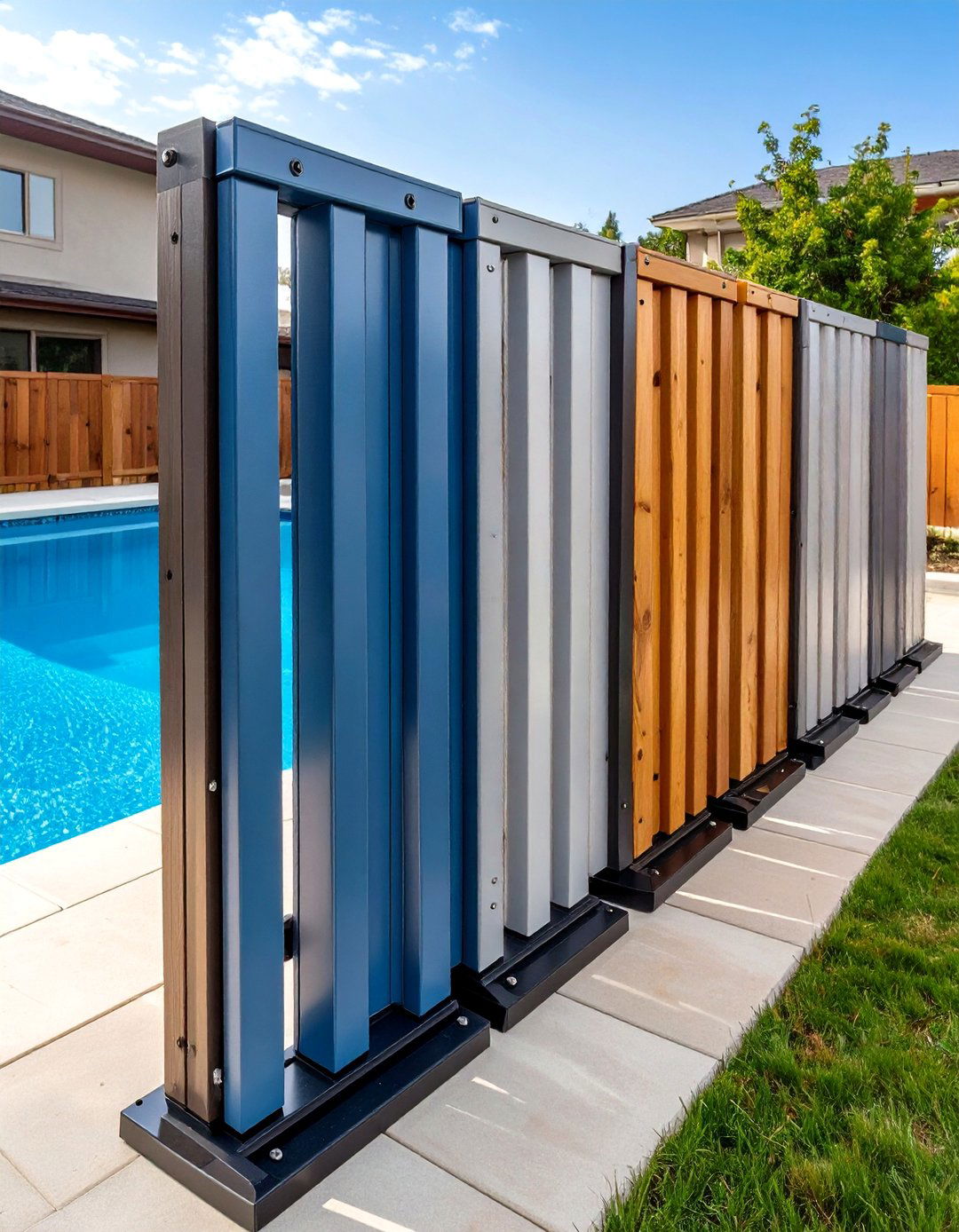
Reclaimed wooden pallets can be repurposed into rustic, privacy-enhancing fences. By standing pallets upright and securing them together, homeowners create modular panels that are both sturdy and decorative. Pallet fencing is an eco-friendly DIY solution that often costs next to nothing.
8. Fabric-Draped Screens

Draping heavy-duty outdoor fabric or shade cloth over a temporary frame creates a stylish, semi-opaque screen. Fabrics attach with grommets or ties and can feature custom prints for events or branding, providing privacy and wind protection.
9. Planter Box Fence
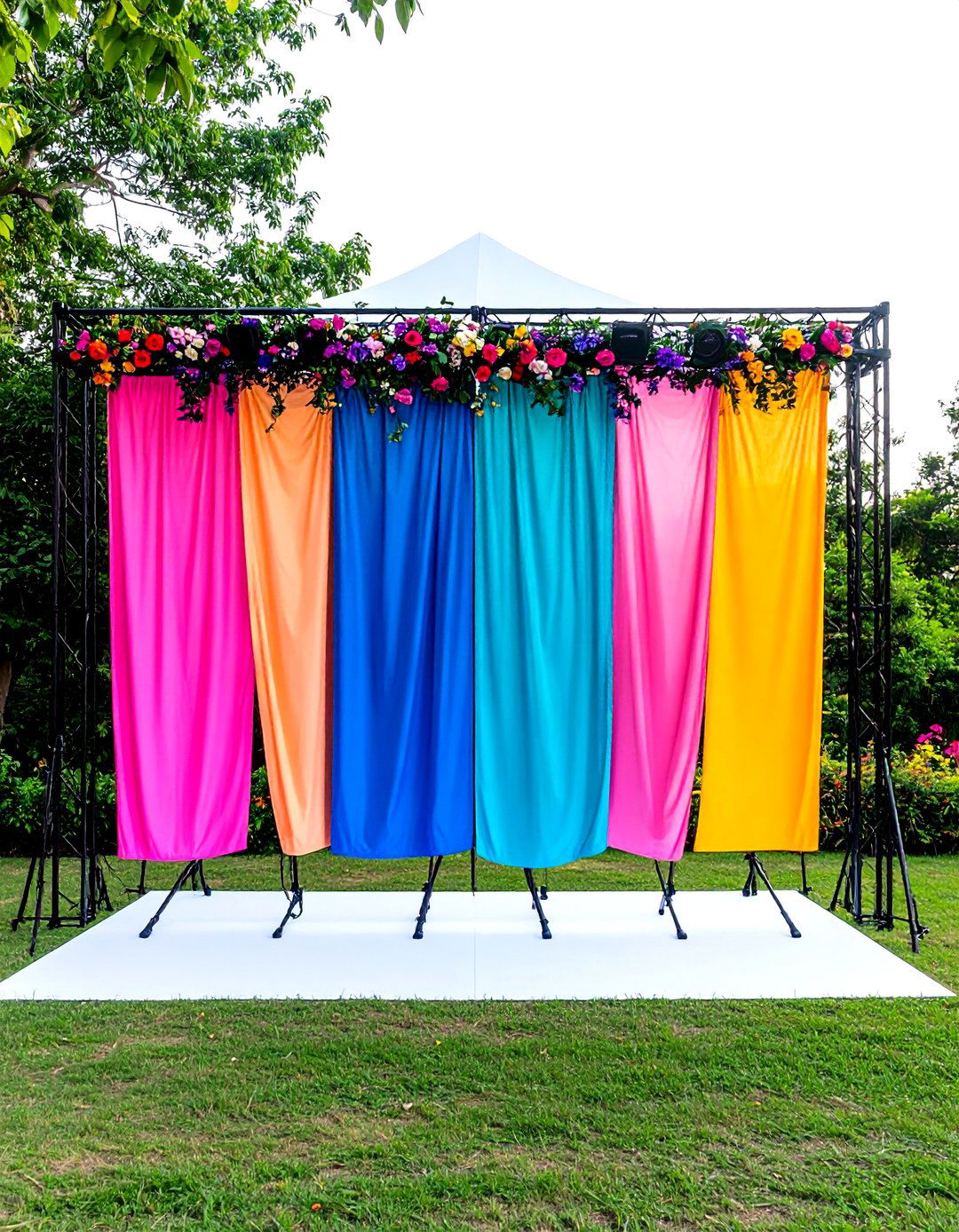
Combining function and greenery, planter boxes affixed atop wood or metal panels offer privacy while supporting climbing vines or flowers. This dual-purpose barrier softens harsh lines and introduces landscaping without permanent fixtures.
10. Decorative Screen Panels
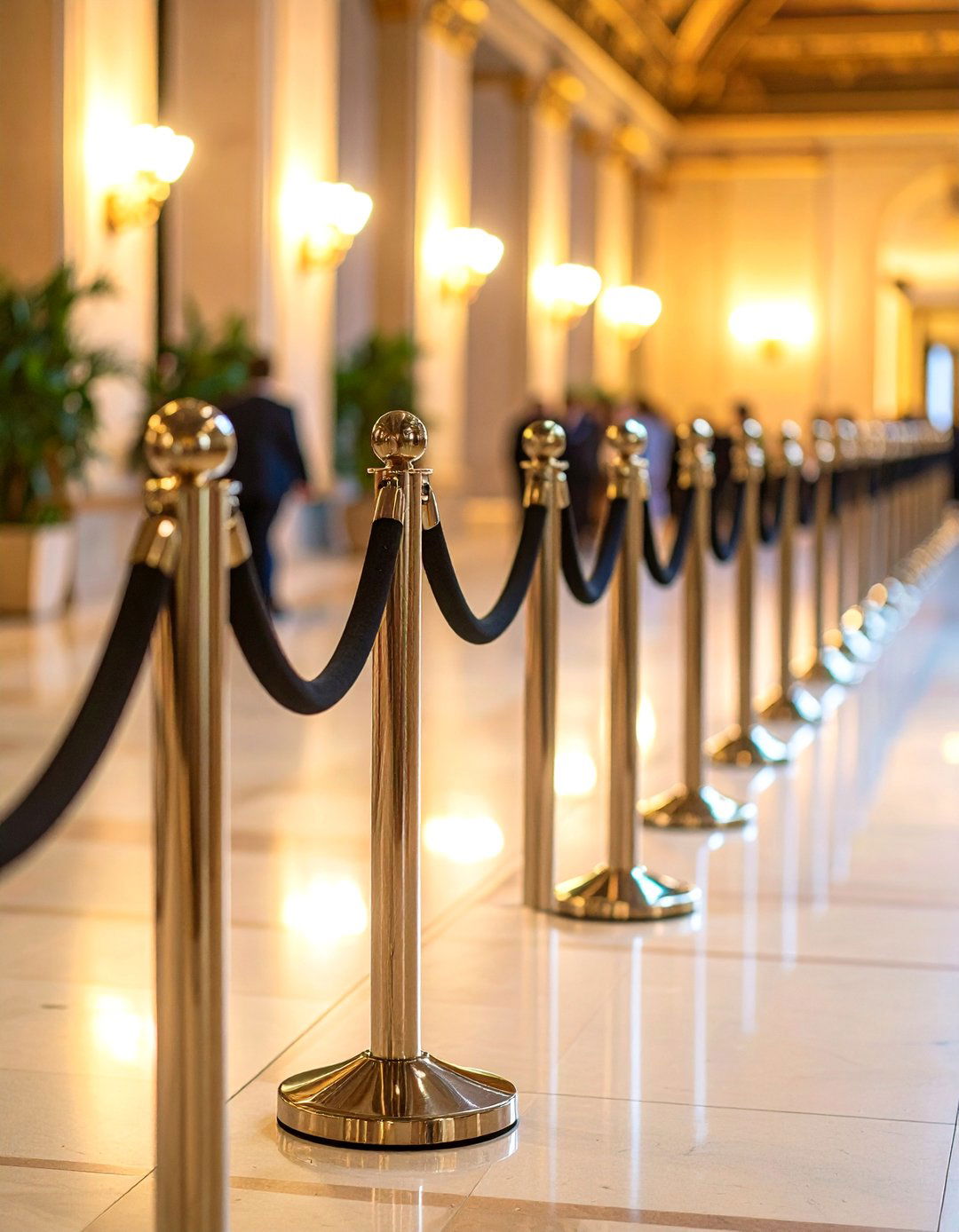
Laser-cut metal or MDF decorative panels slot into temporary frames to serve as both fence and art installation. Patterns range from geometric to botanical, allowing homeowners and event planners to tailor aesthetics to themes or environments.
11. Sandbag-Stabilized Mesh
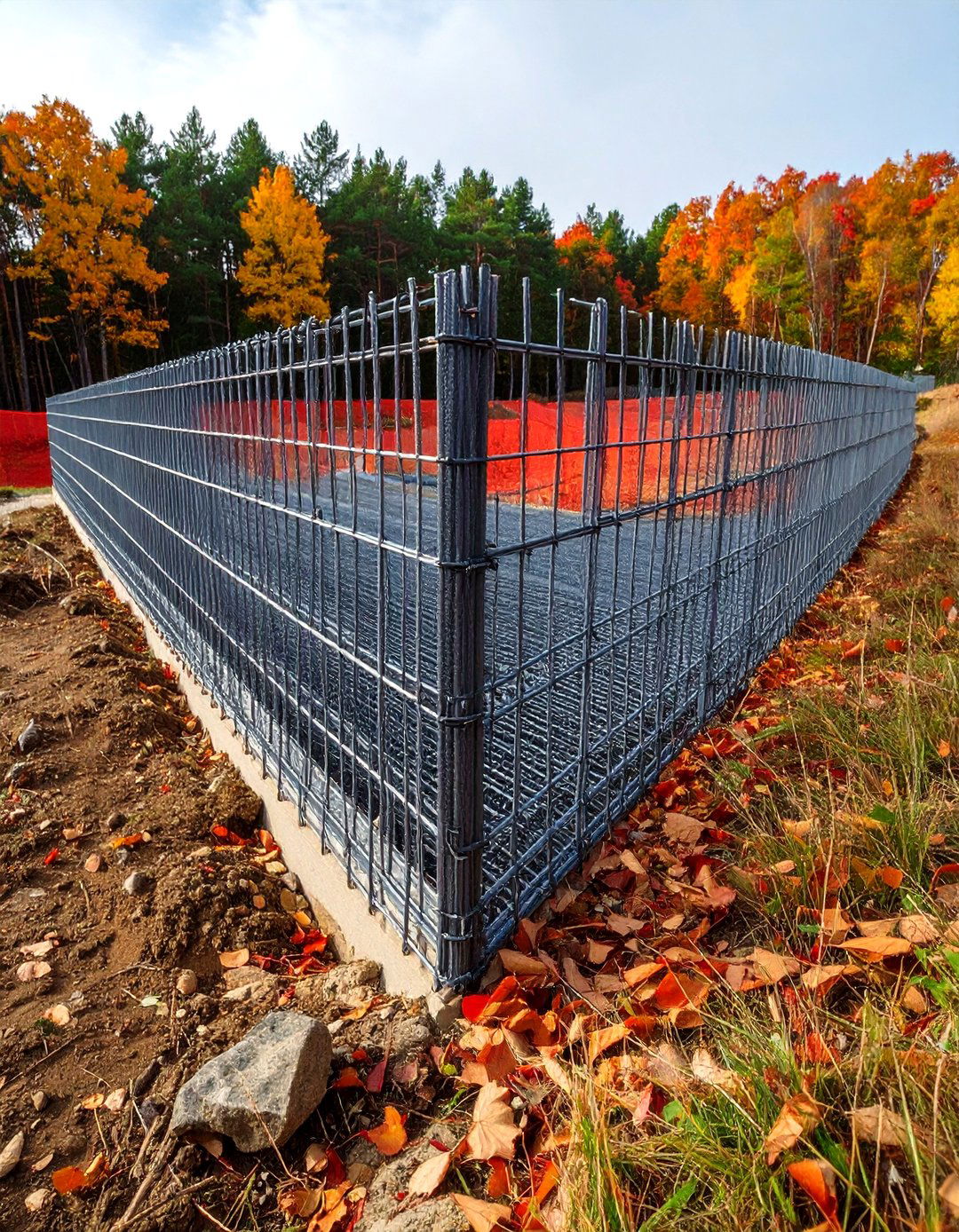
Standard mesh fencing gains wind resistance when its base is weighed down with sandbags. This technique prevents gusts from toppling lightweight panels and is especially useful on open sites or rooftops.
12. Rebar-Anchored Welded Mesh
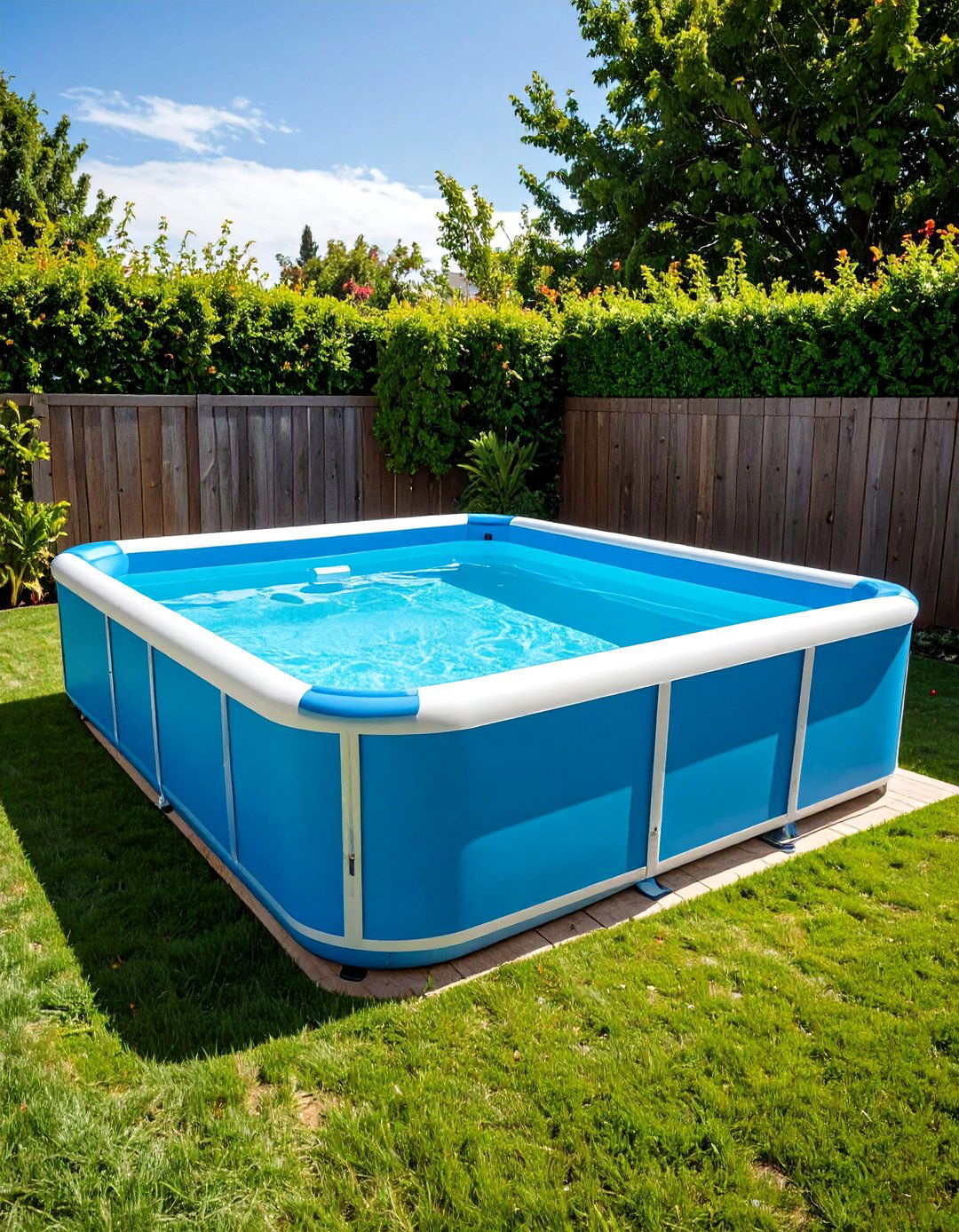
For increased rigidity, ground rods or rebar can be driven through welded wire mesh fences. By wiring the mesh to the anchors, the fence resists both inward and outward pressure, making it suitable for uneven terrain.
13. Portable Vinyl Fencing
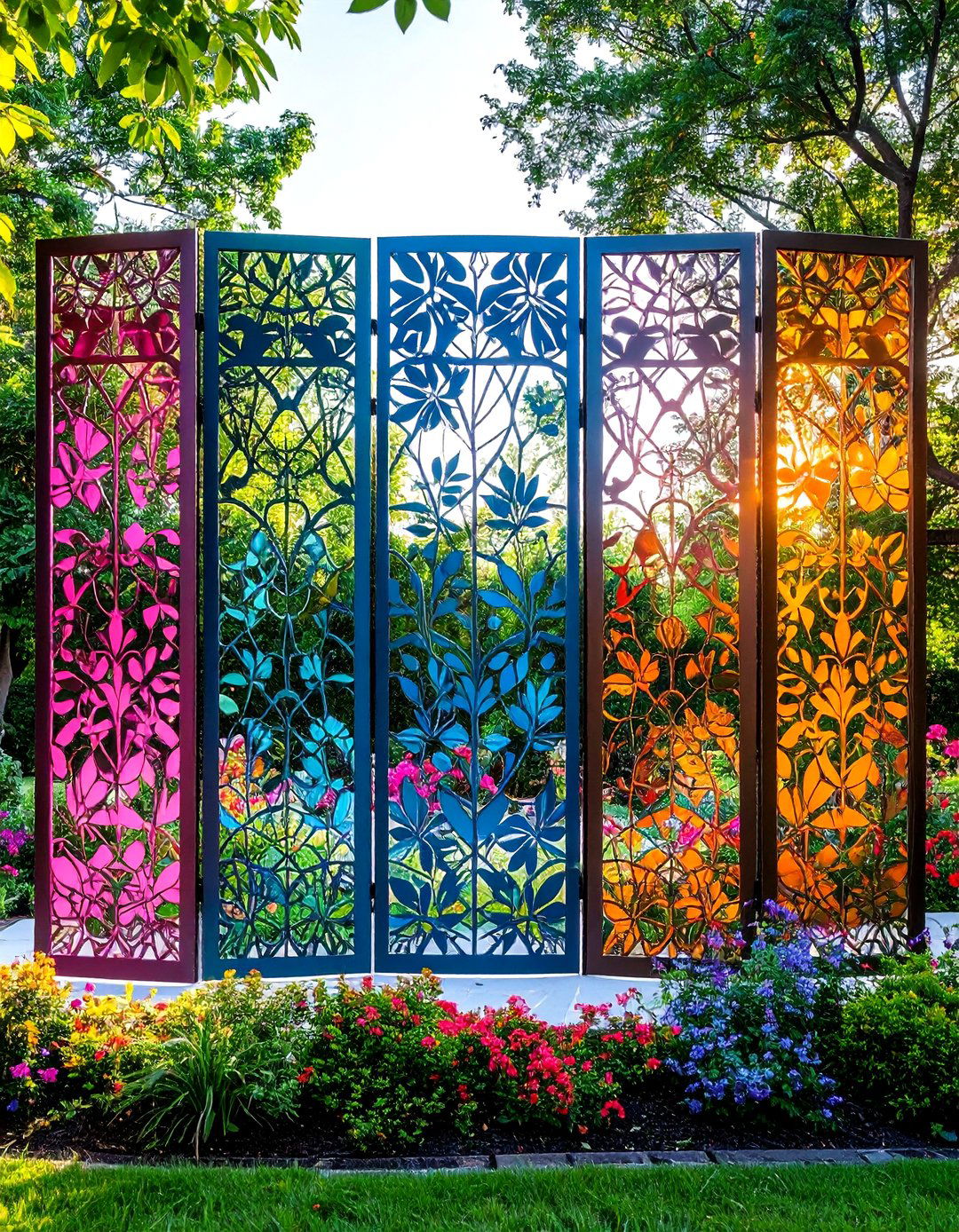
Vinyl fence panels clipped into H-shaped bases offer a clean, low-maintenance alternative for pool areas, pet enclosures, or weddings. The panels are weather-resistant and available in picket or privacy styles, assembling without tools.
14. Event Hoarding with Graphics
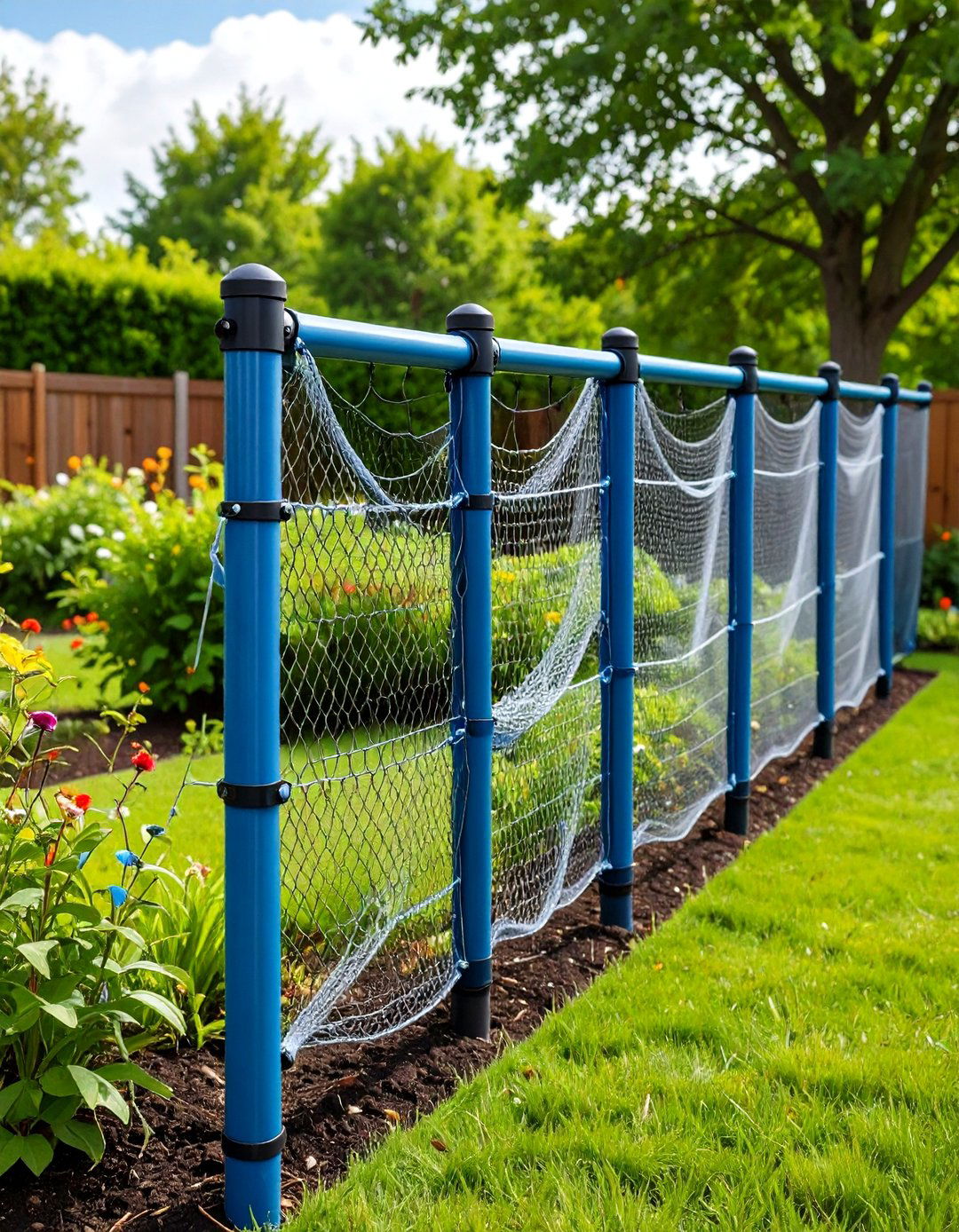
Full-height hoarding fences clad in printed vinyl graphics serve as wayfinding or advertising at large events. The rigid boards attach to structural posts, creating uninterrupted surface area for high-impact branding.
15. Slat Privacy Inserts
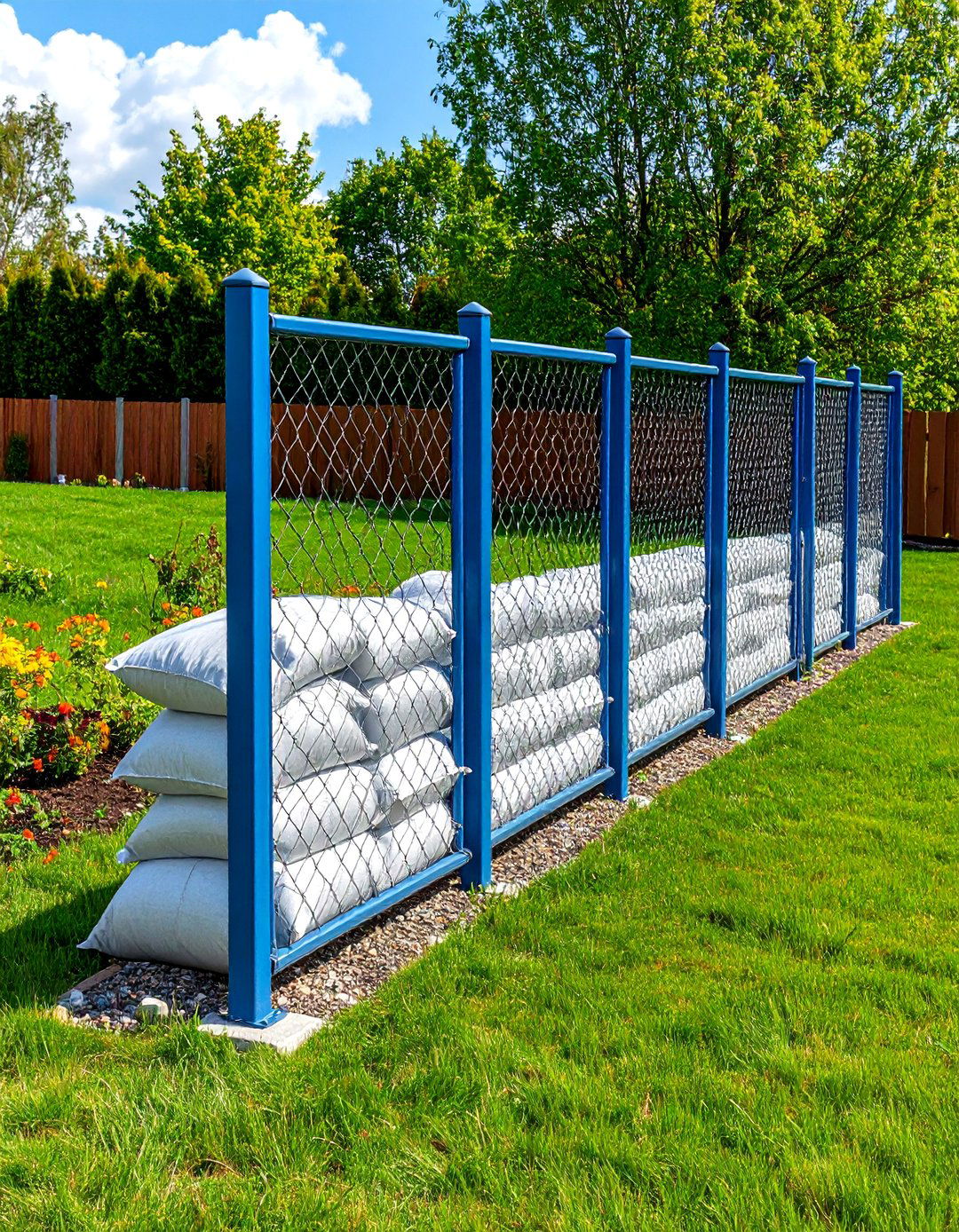
Plastic or aluminum slats weave into chain-link mesh to create a solid-sight barrier. Slats snap into place without tools, and come in various colors and finishes to coordinate with surroundings.
16. Rope-and-Picket Fence
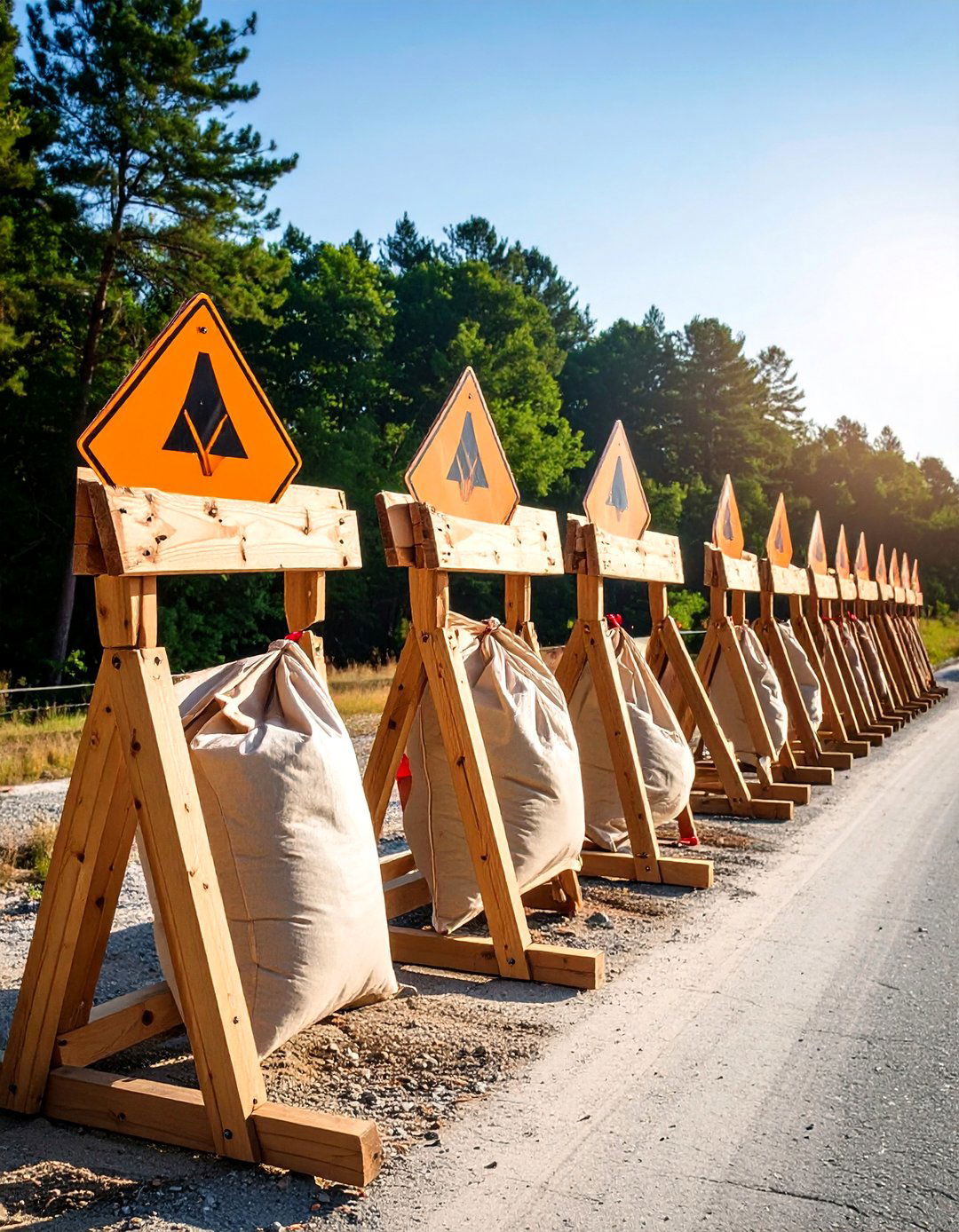
Simplistic yet charming, wooden pickets strung between rope loops form economic garden partitions. The setup is lightweight and movable, and works well for delineating paths or seating areas at outdoor events.
17. Rope-Barrier and Stanchions
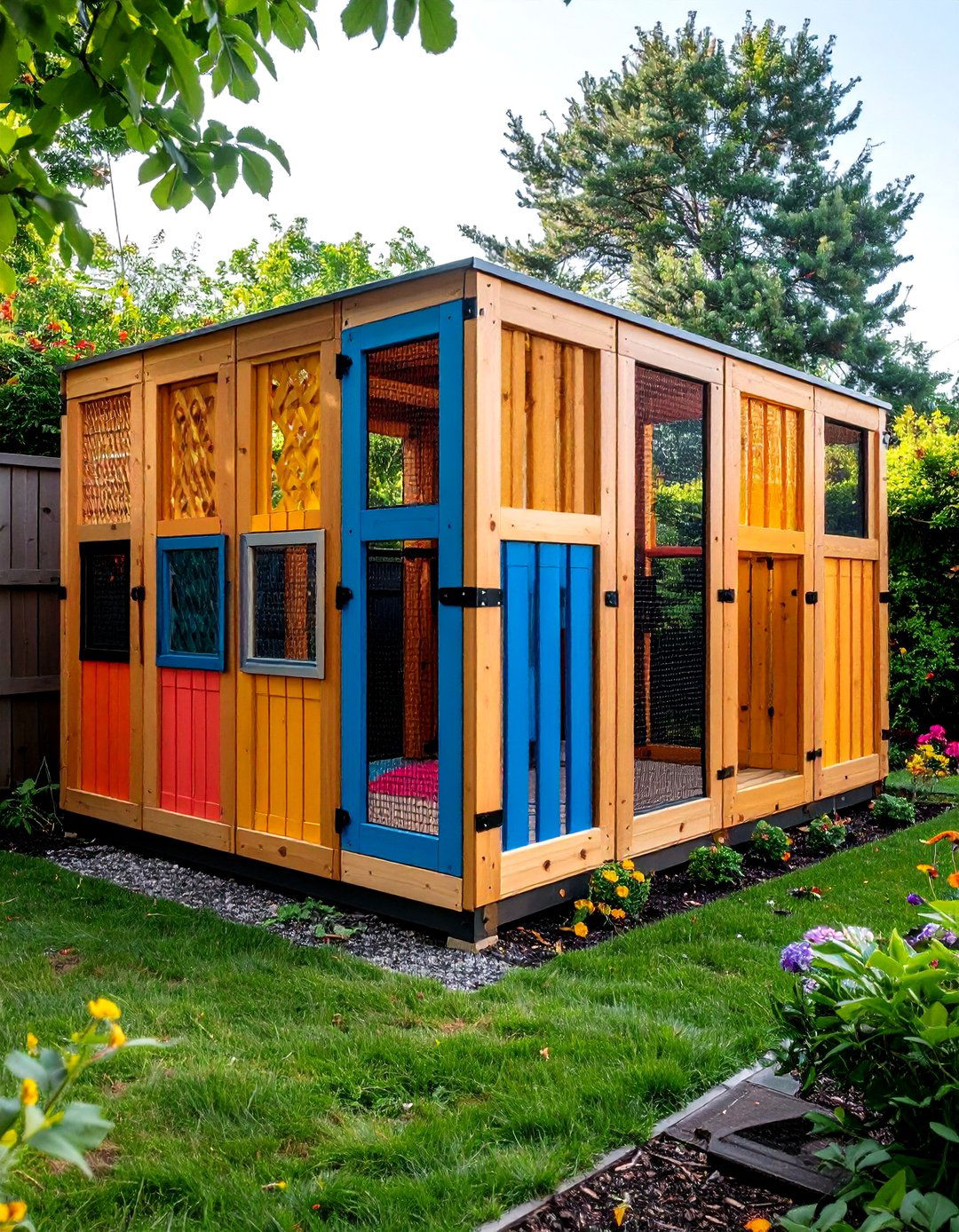
Retractable belt or rope barriers with weighted stanchions create clean, guided lines for crowd management. These systems are common in museums, banks, and corporate events for temporary queue formation.
18. Trellis Panel Fence
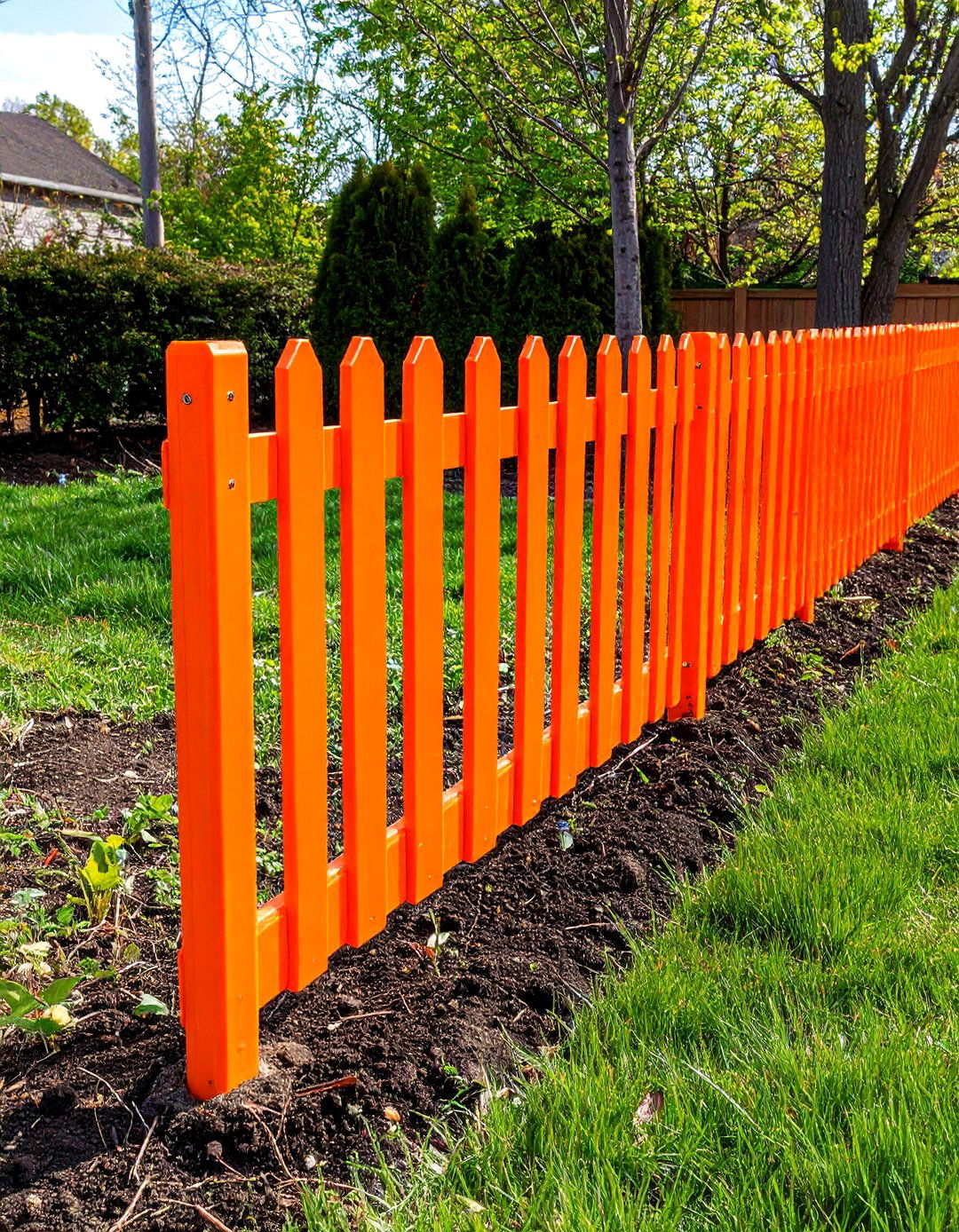
Prebuilt trellis panels support climbing plants while offering lattice privacy. The lightweight wood or PVC frames slot into base anchors, blending garden function with decorative enclosure.
19. Pet Play Yard Panels
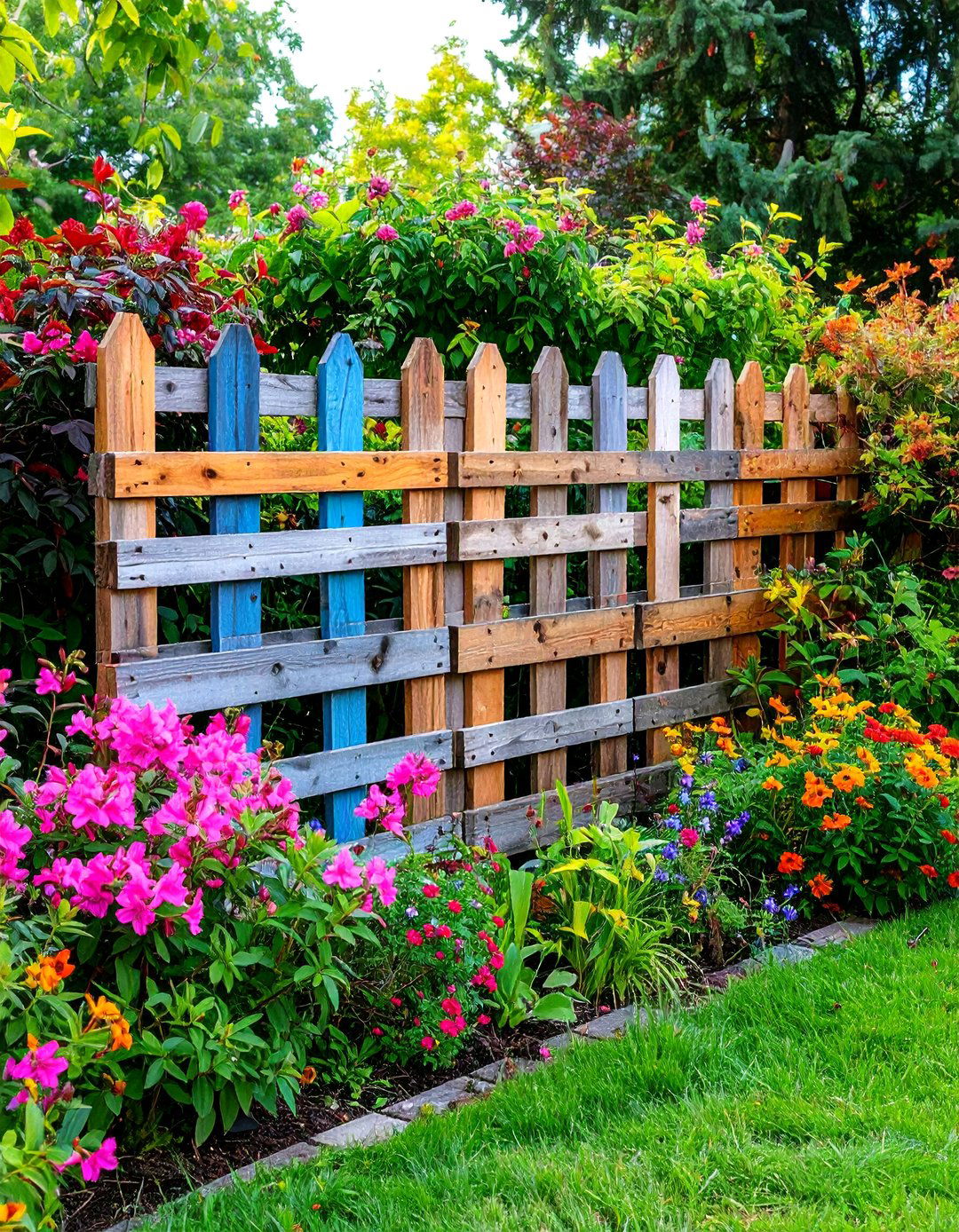
Modular metal or plastic panels connect via hinges to form small-animal enclosures. These pet play yards are foldable for storage and offer a quick way to contain pets in gardens or indoors.
20. Interlocking Plastic Panels
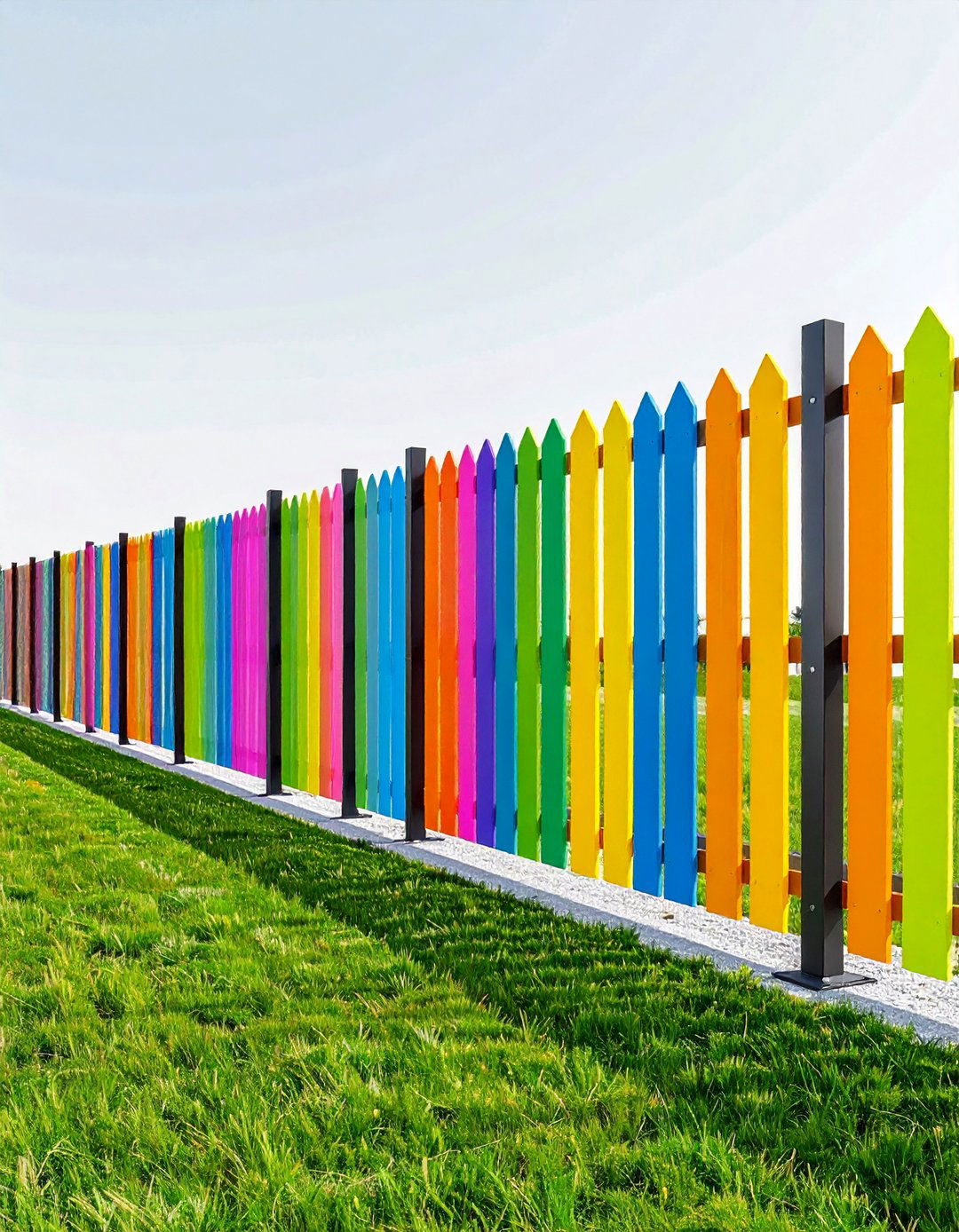
High-density polyethylene panels with interlocking edges snap together to form watertight, portable pools or play areas. They double as fencing when inserted vertically into weighted bases, combining durability with ease of setup.
Conclusion:
From industrial-grade chain-link systems to creative DIY installations using bamboo or pallets, temporary fences provide adaptable solutions for security, privacy, and aesthetic enhancement. Accessories like privacy slats, fabric drapes, and planter boxes allow customization, while stabilization methods including sandbags, ground anchors, and A-frame barricades ensure resilience in varied environments. Whether for professional events, construction safety, or personal backyard projects, the diverse range of materials and styles makes temporary fencing an indispensable tool for modern site management and outdoor design.


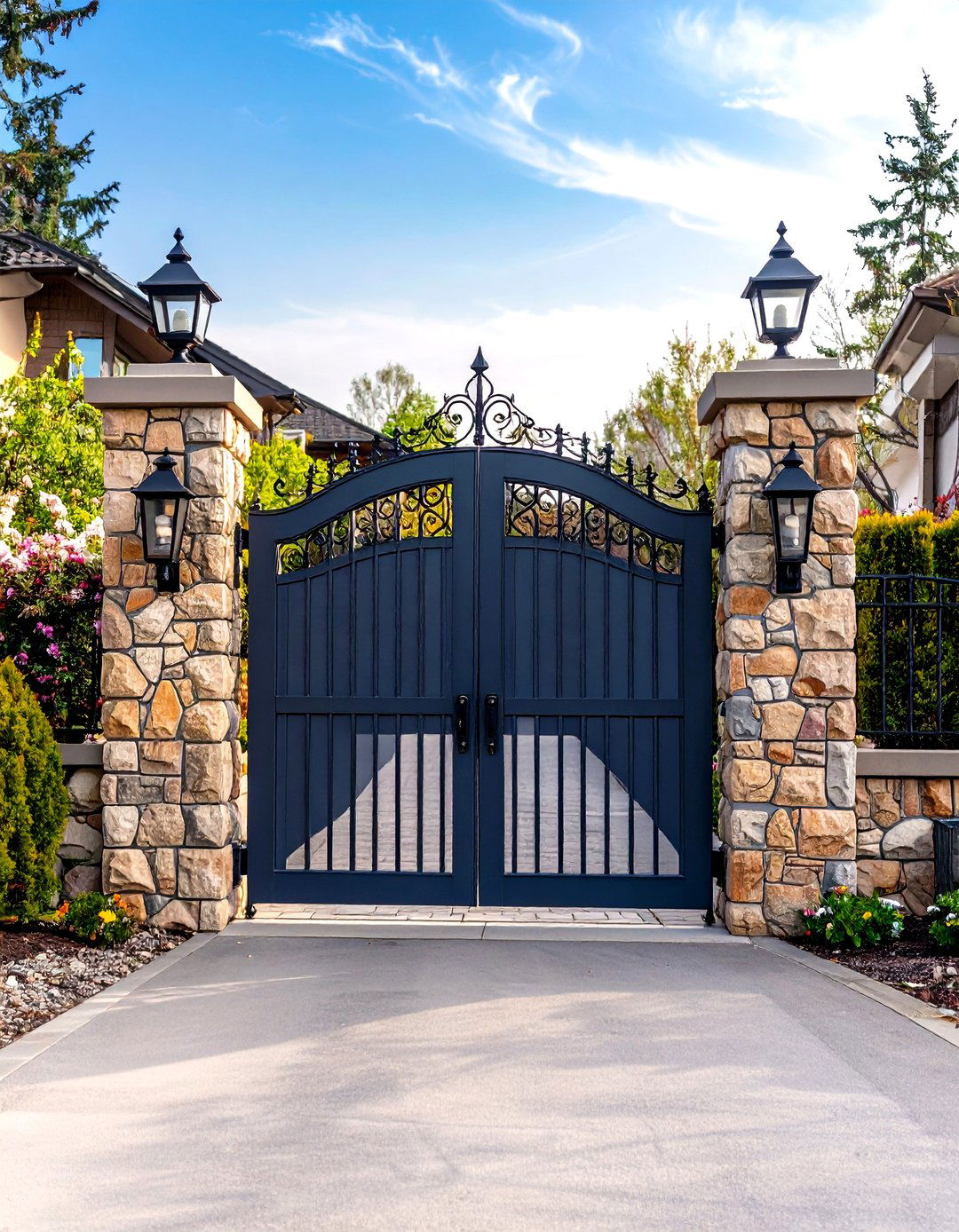
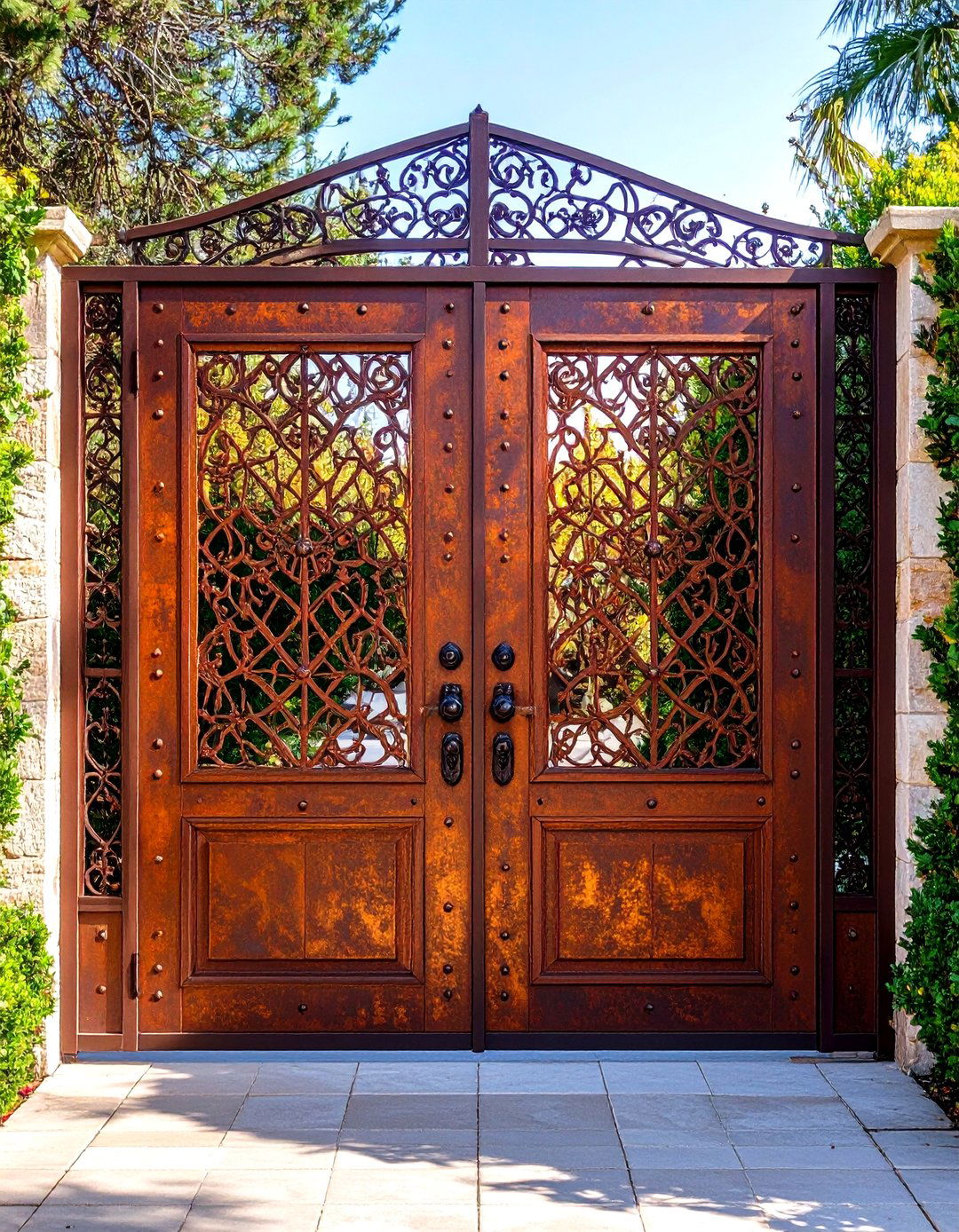
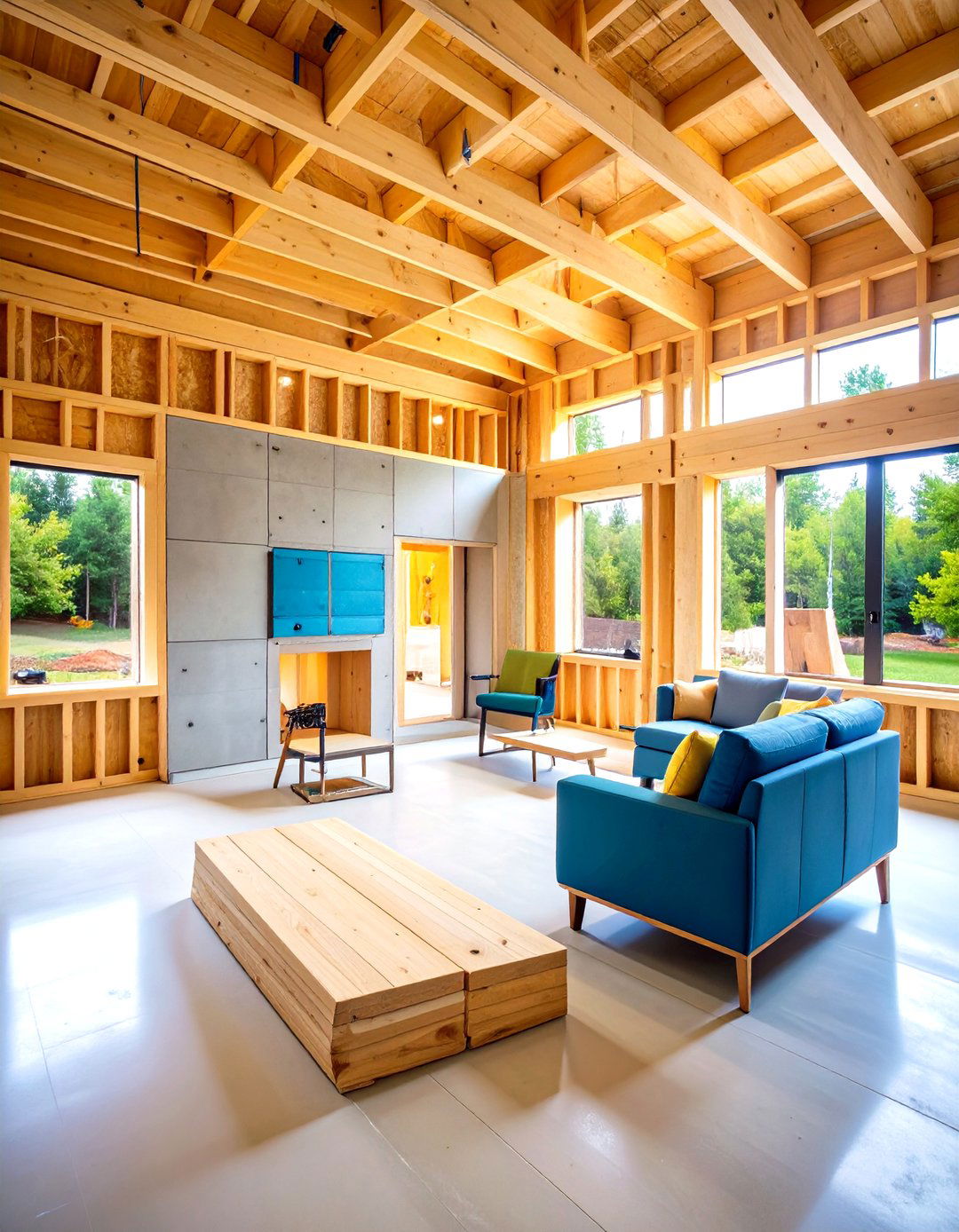
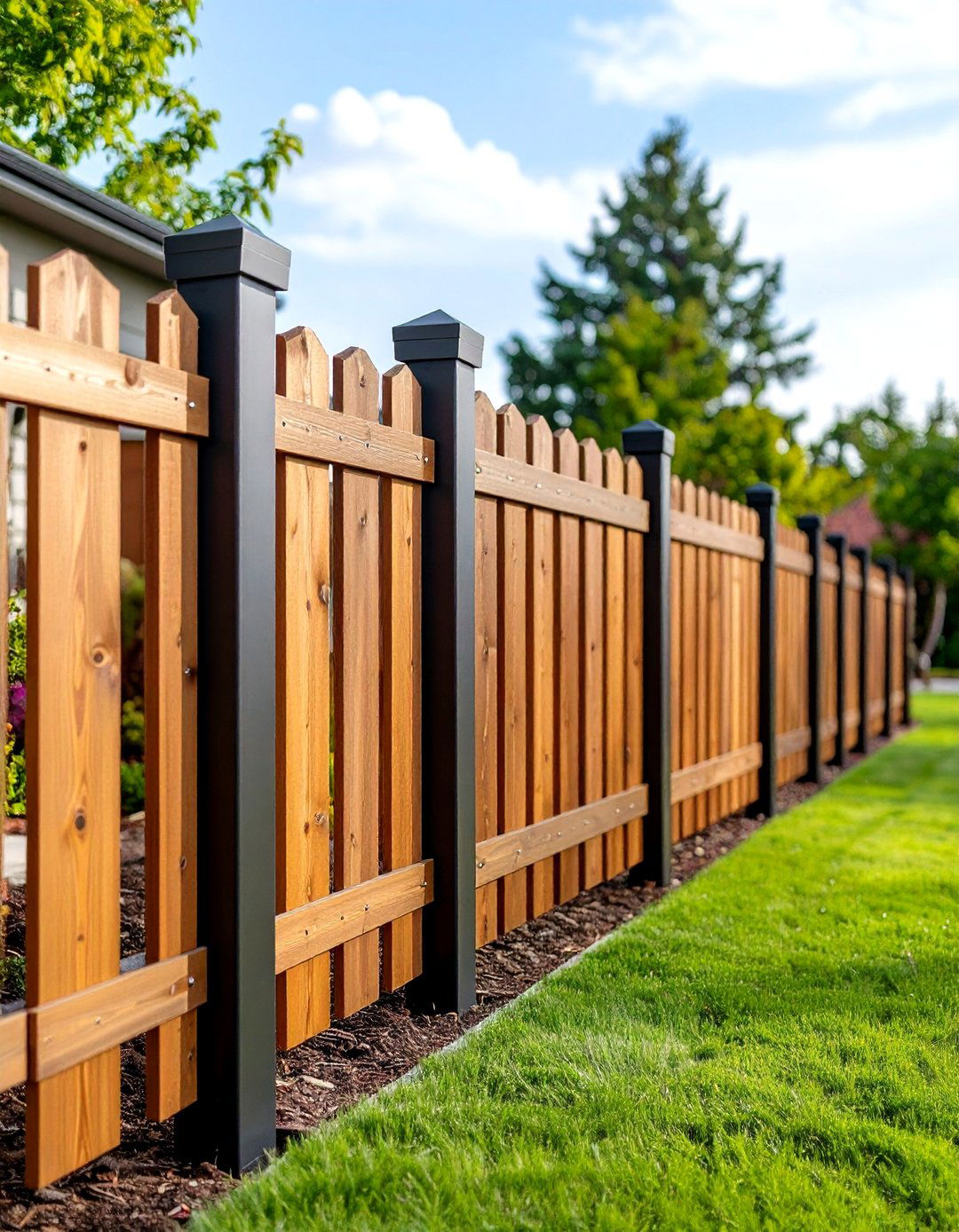
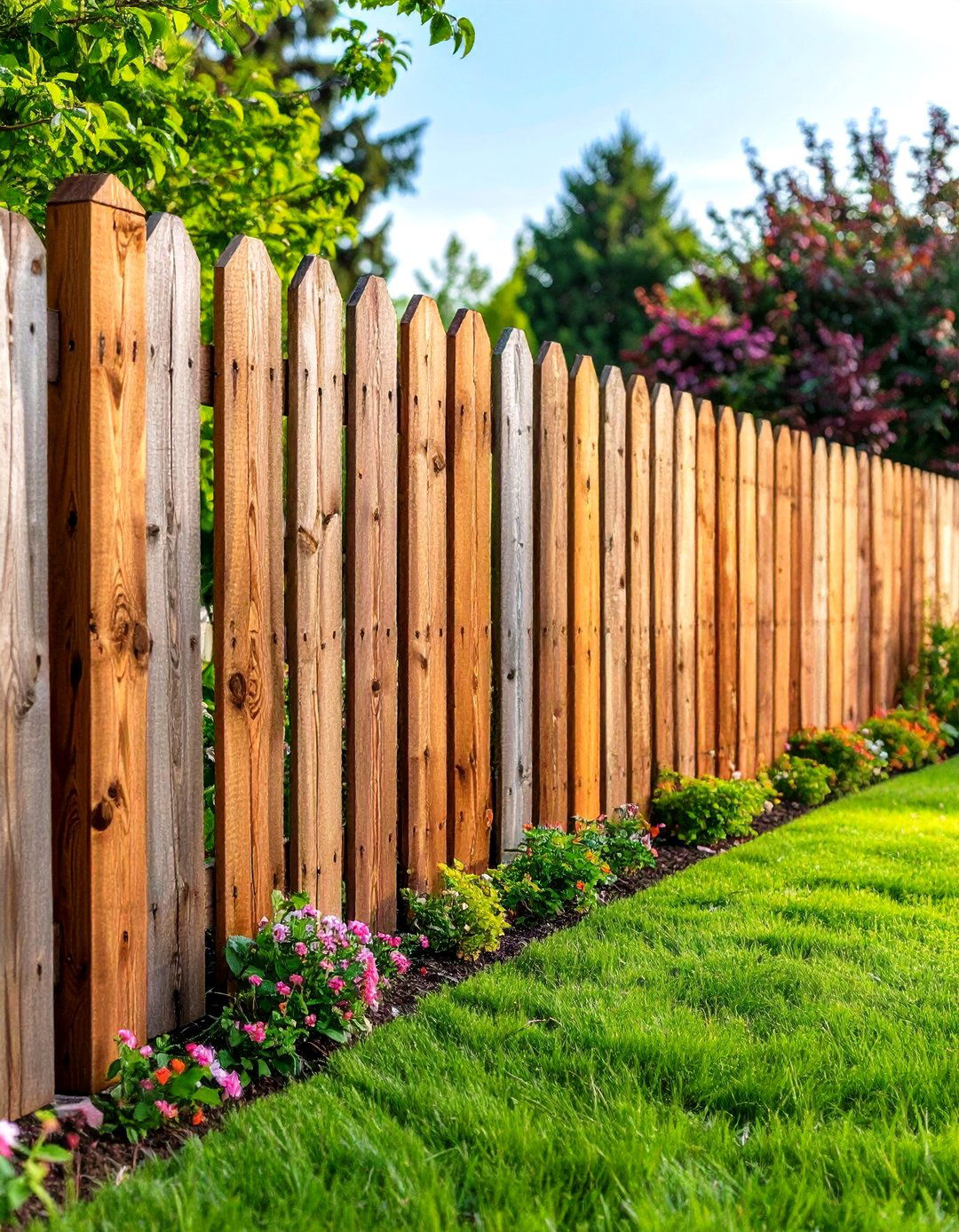
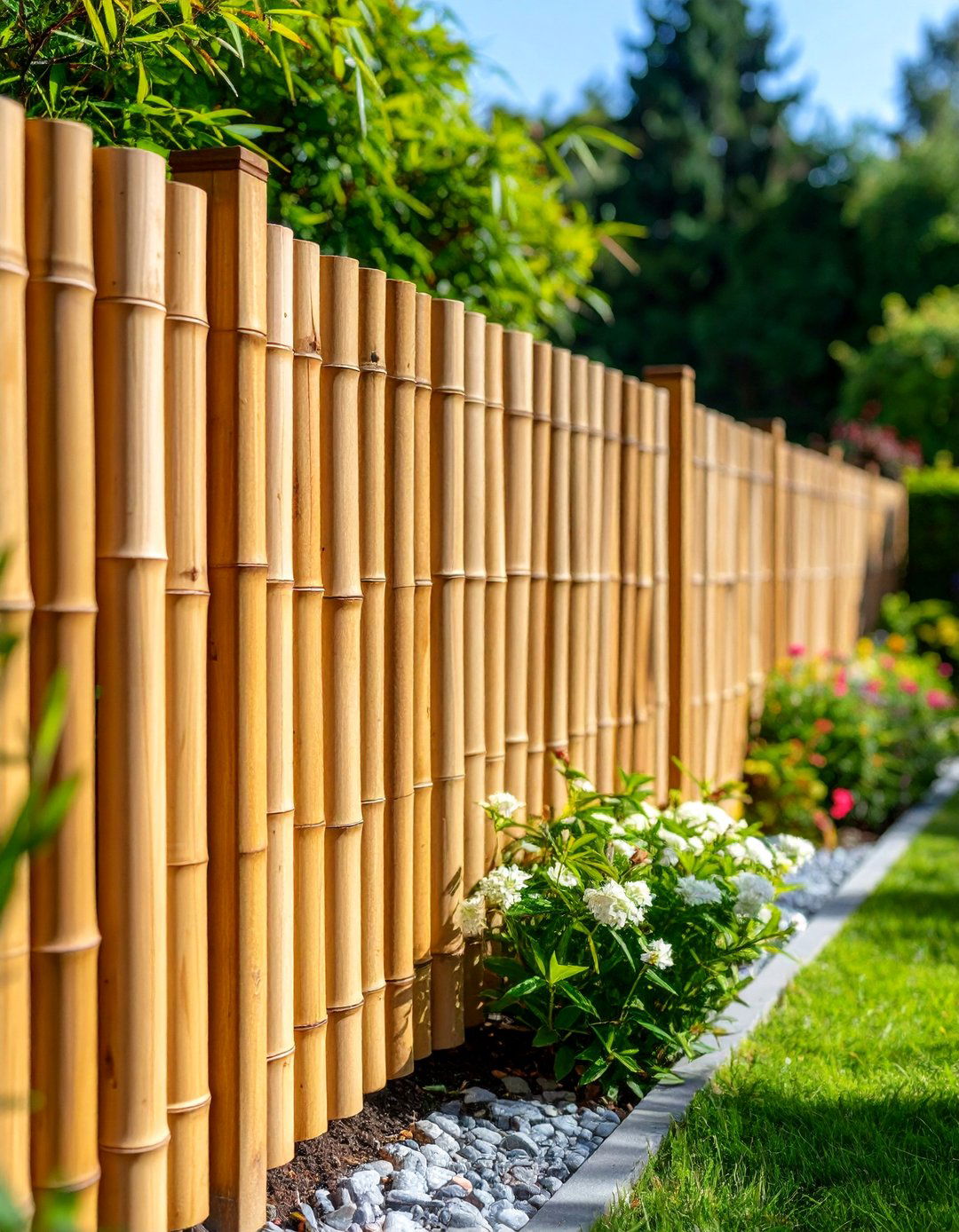
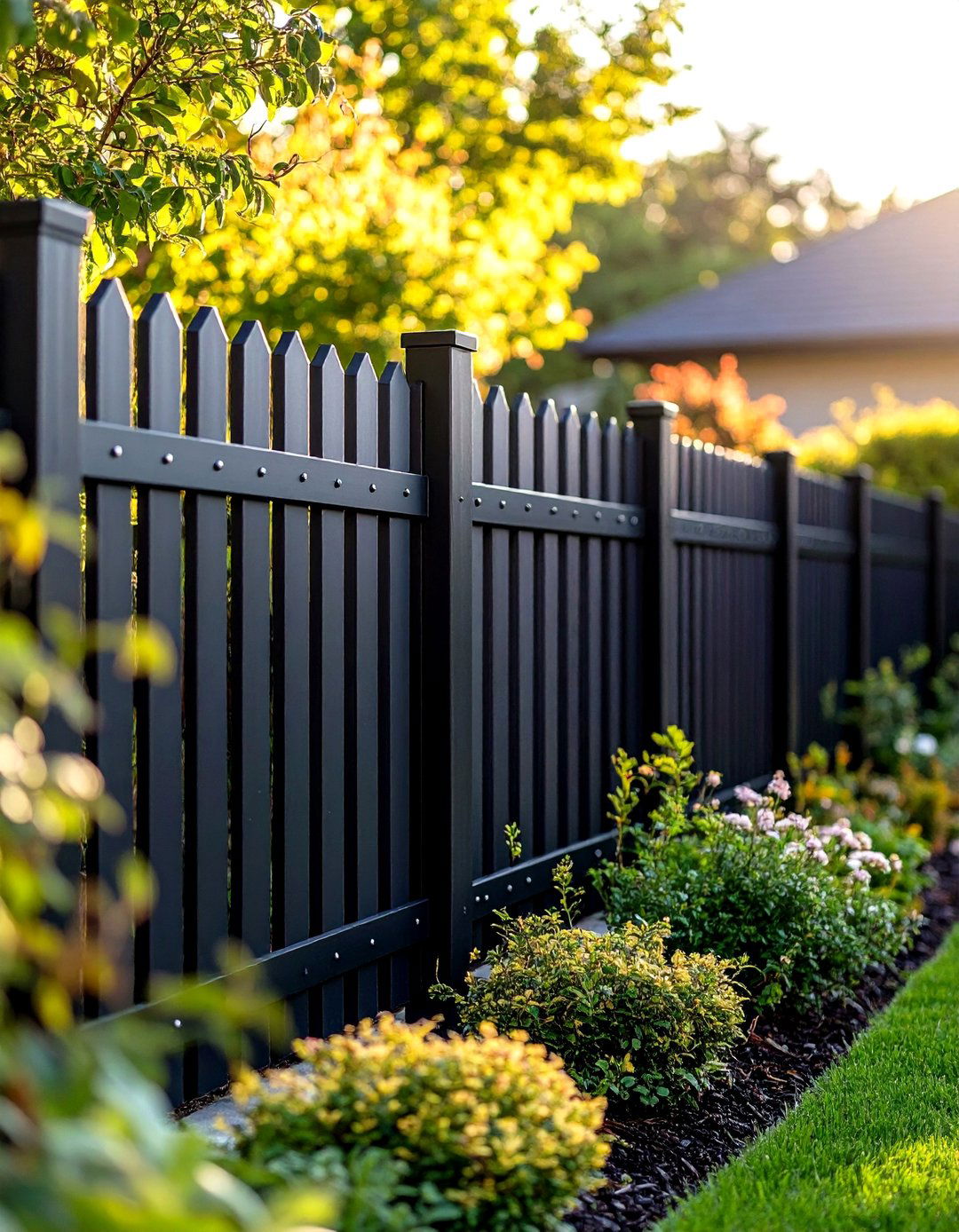
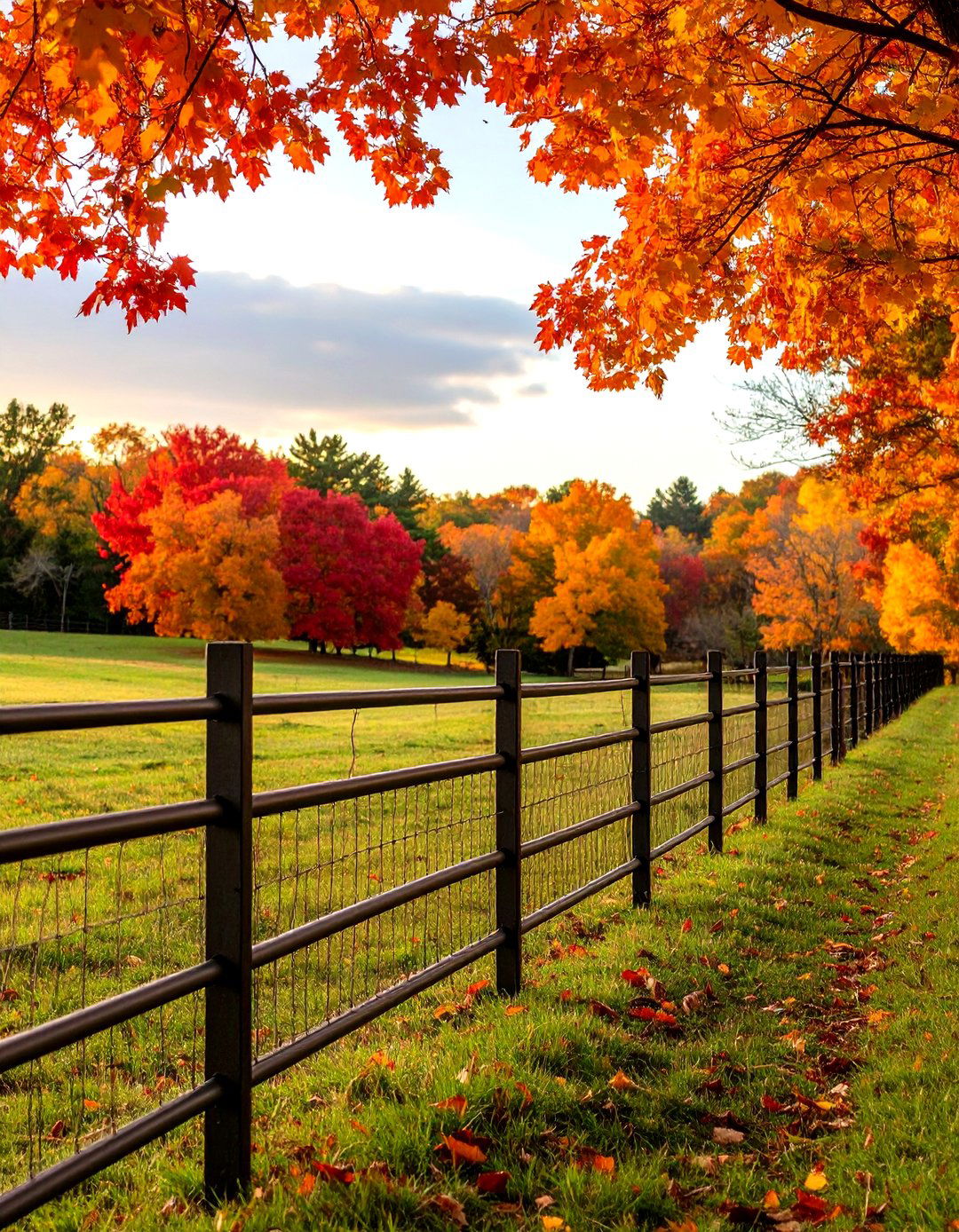
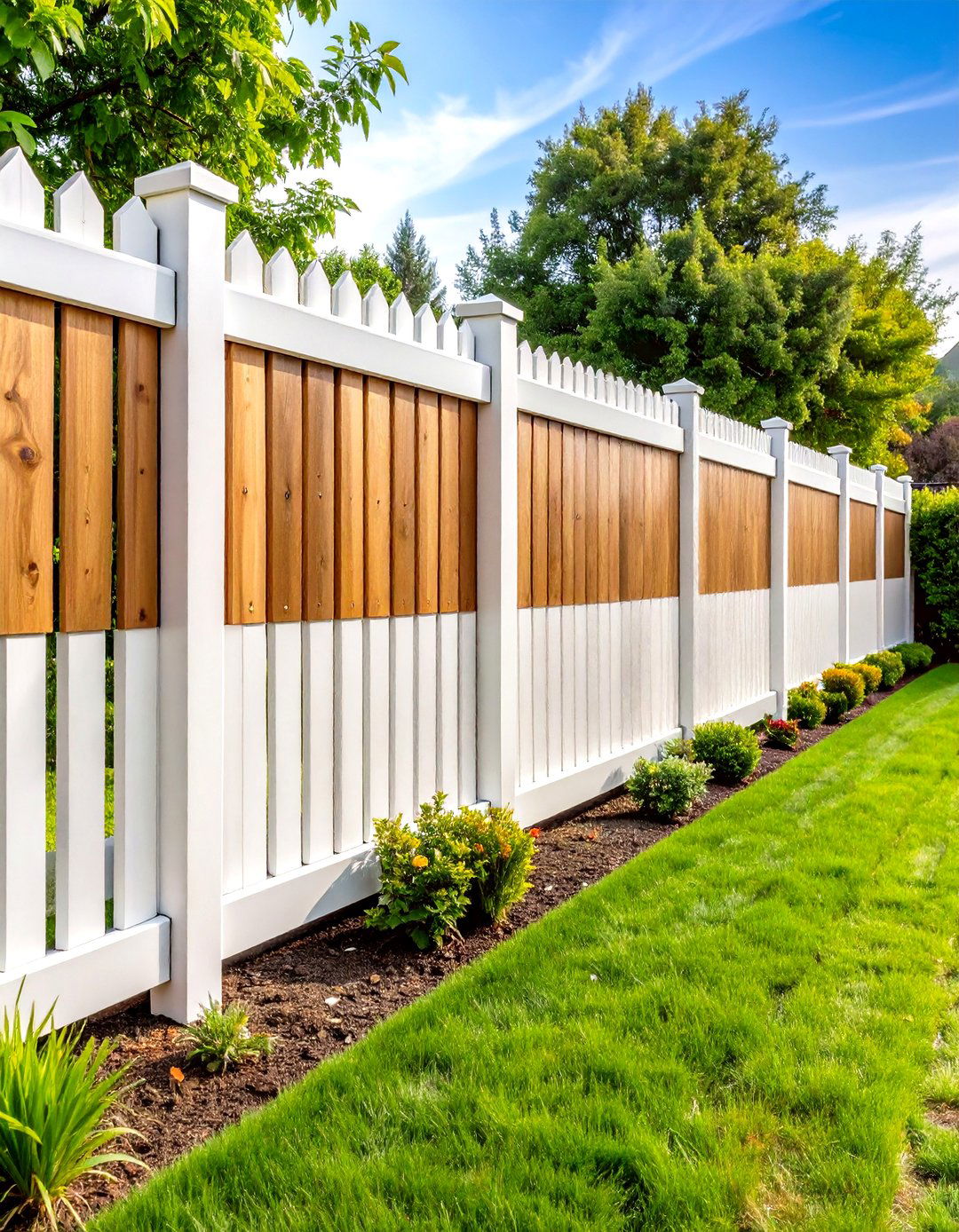

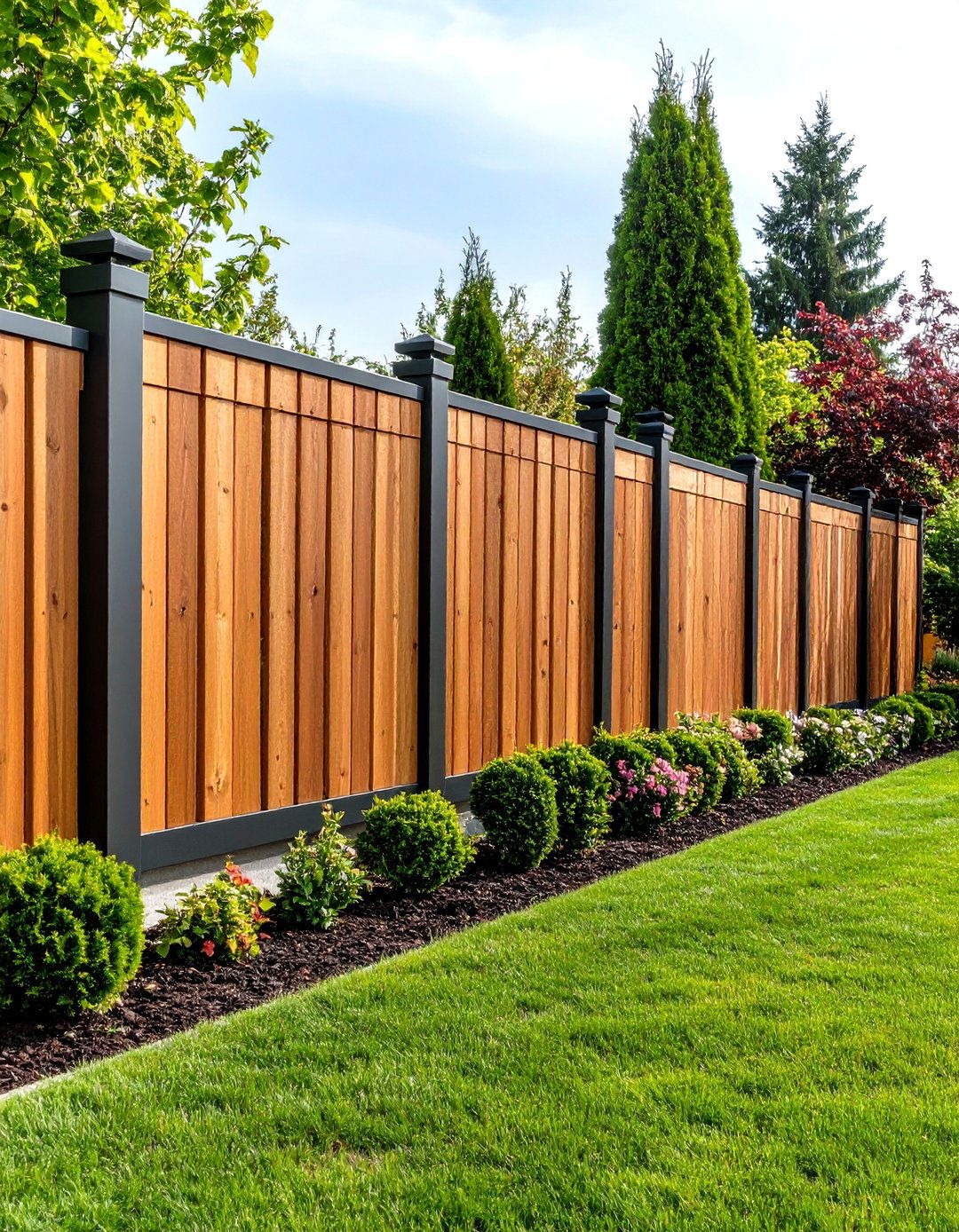
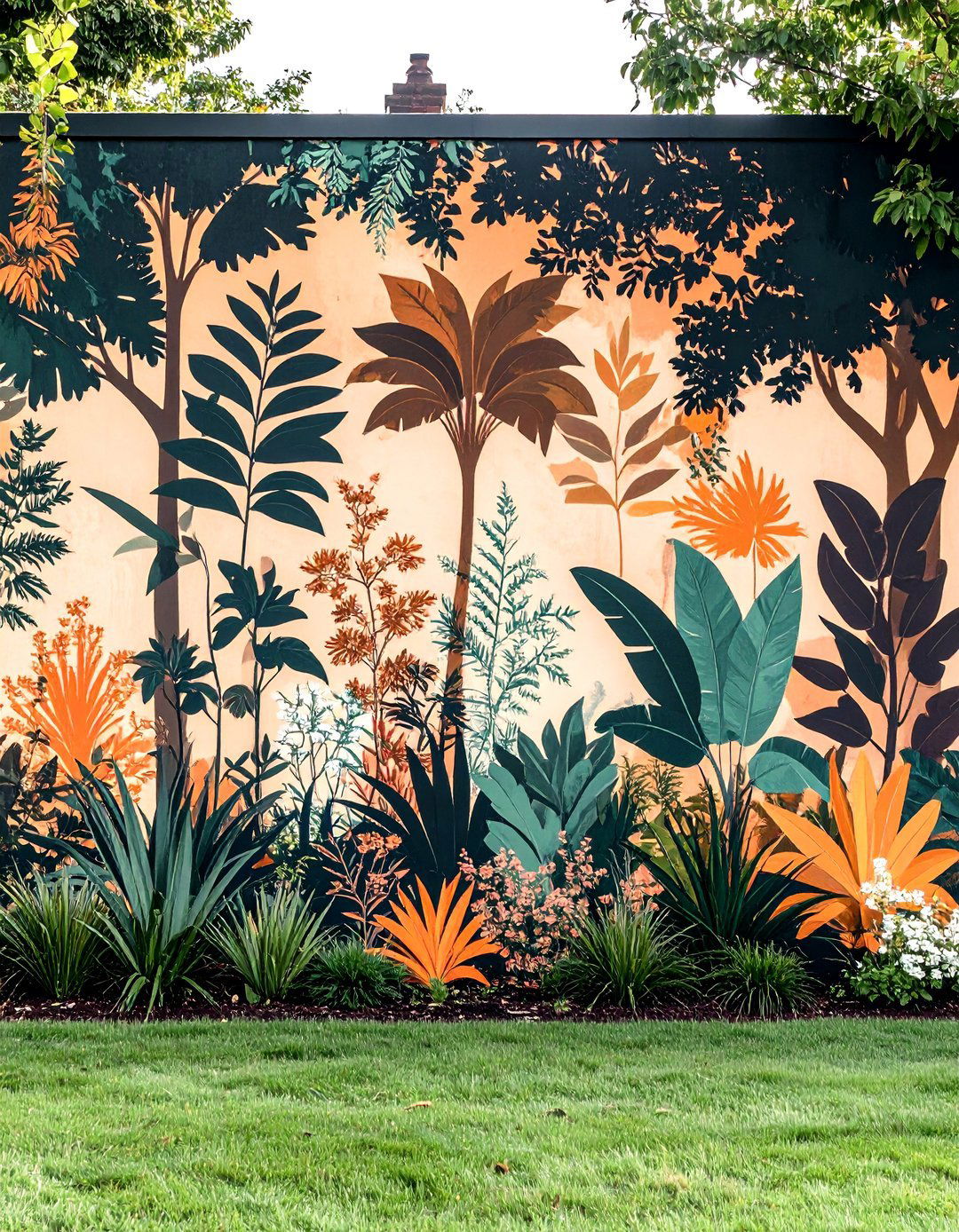

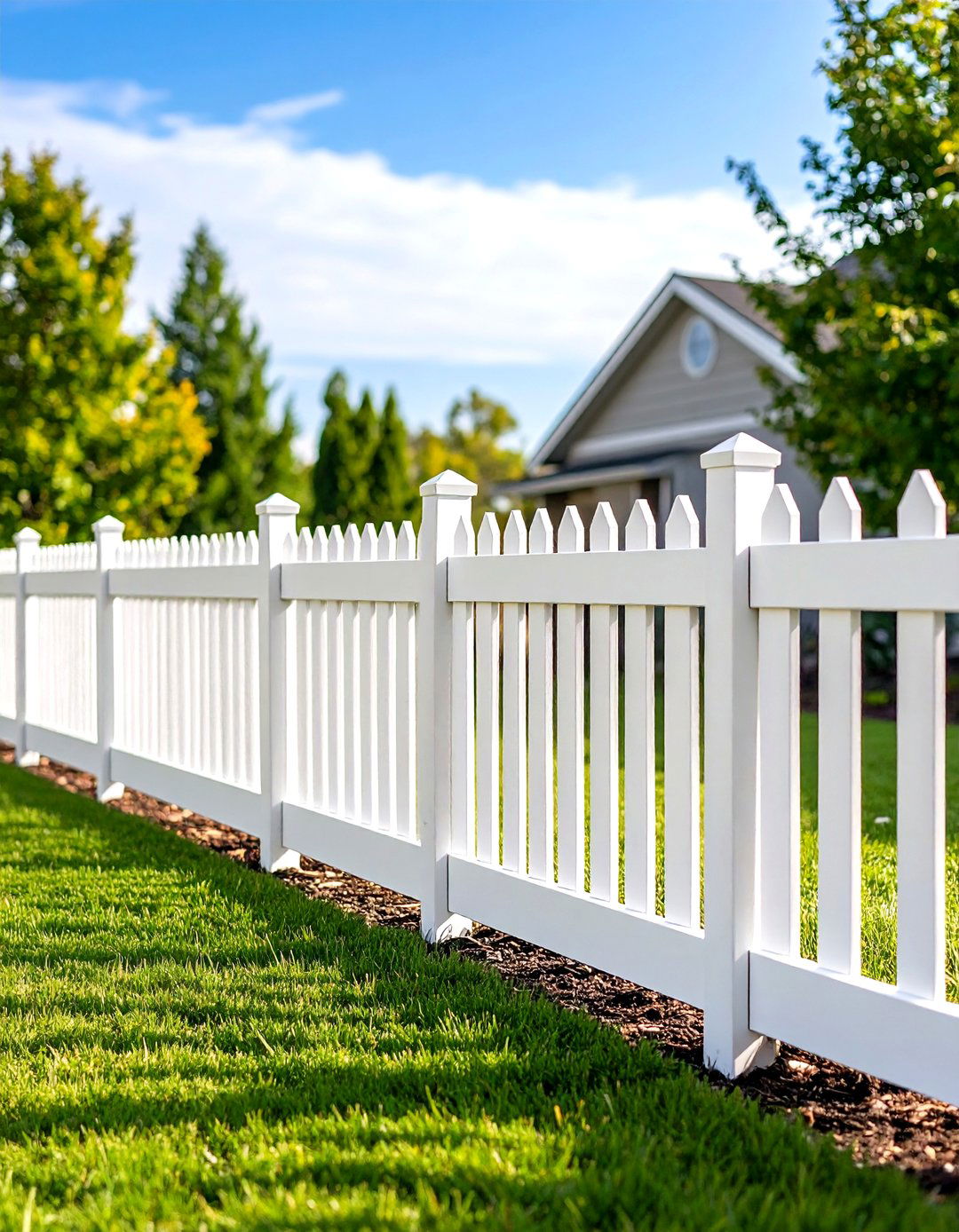
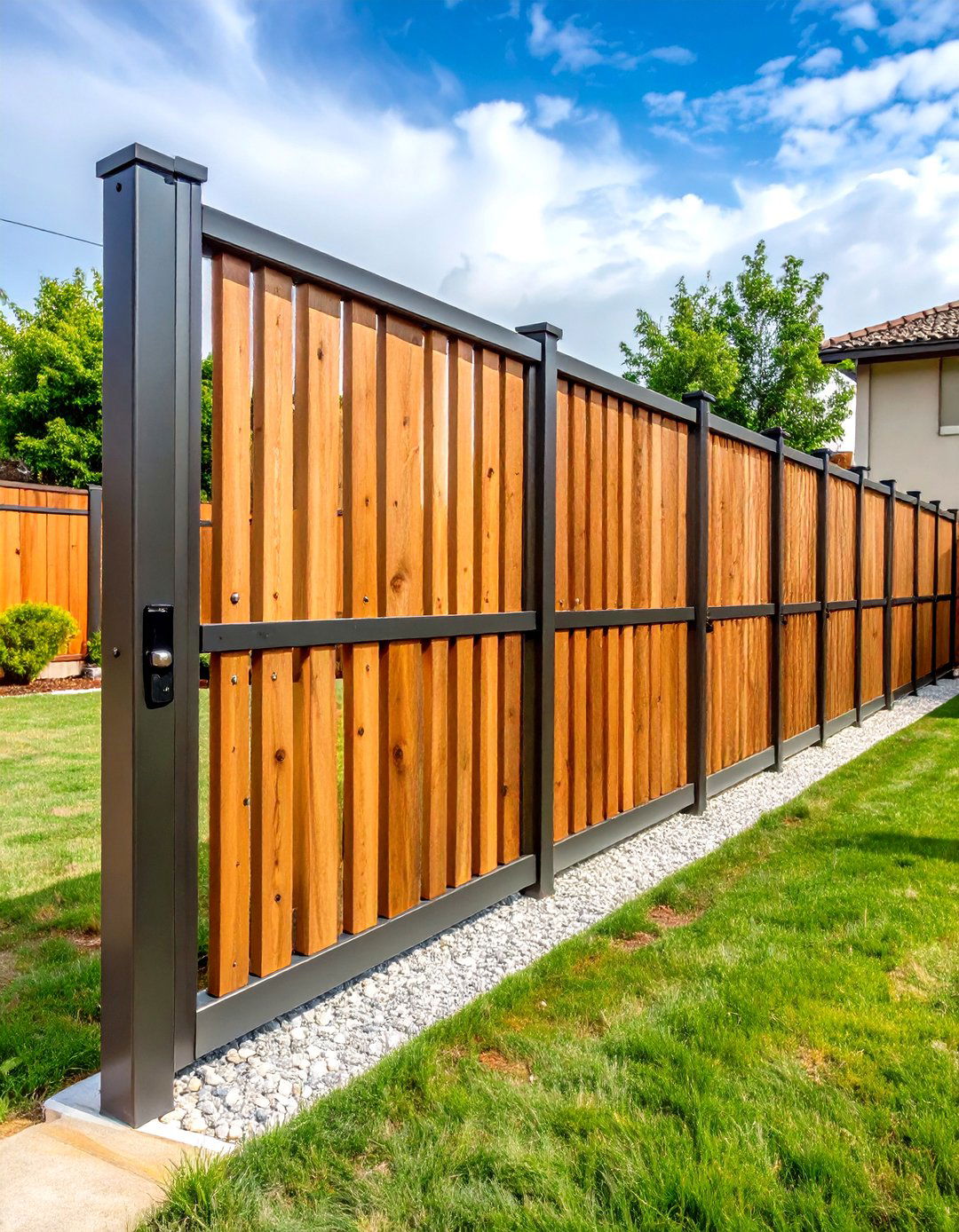
Leave a Reply